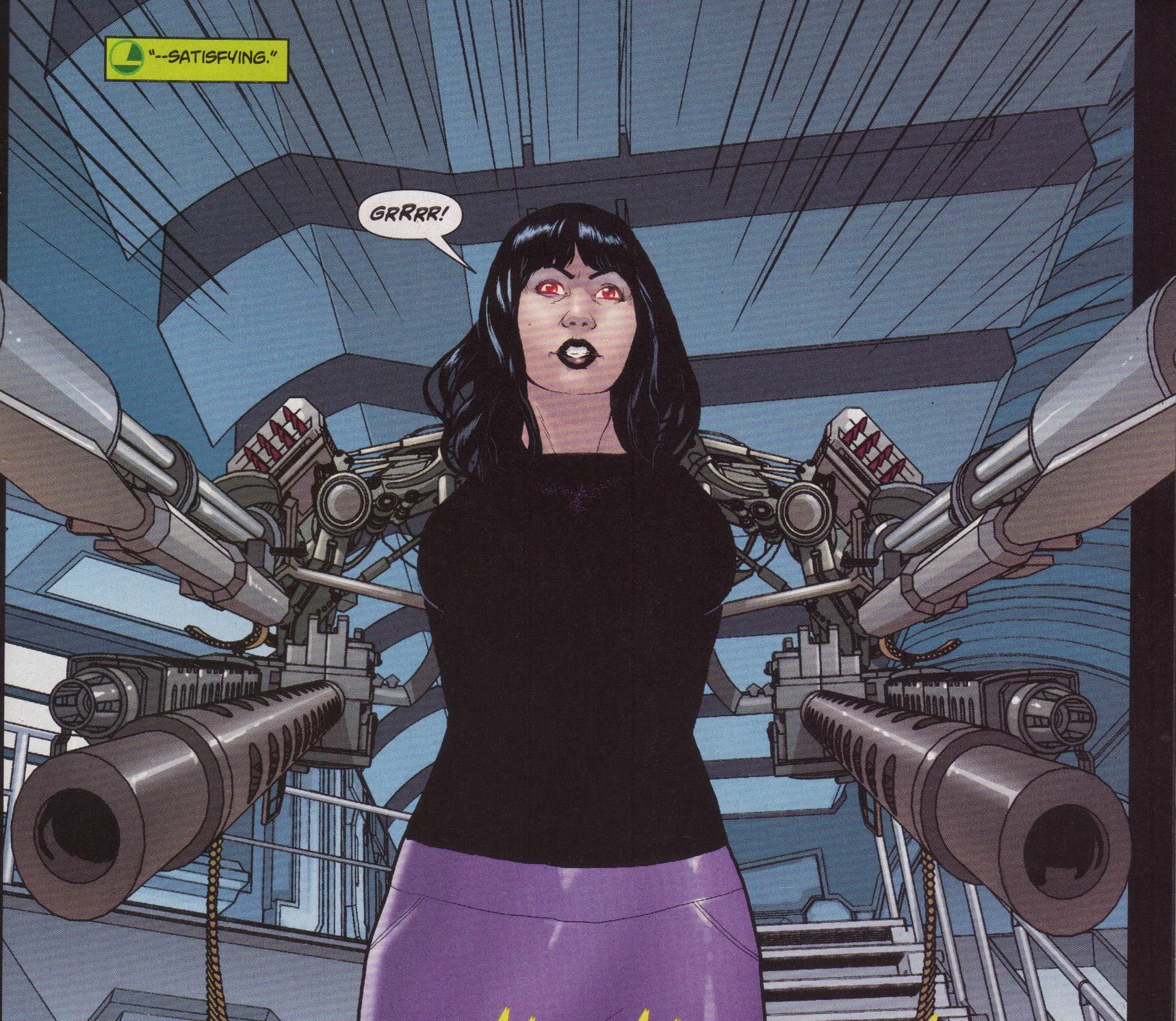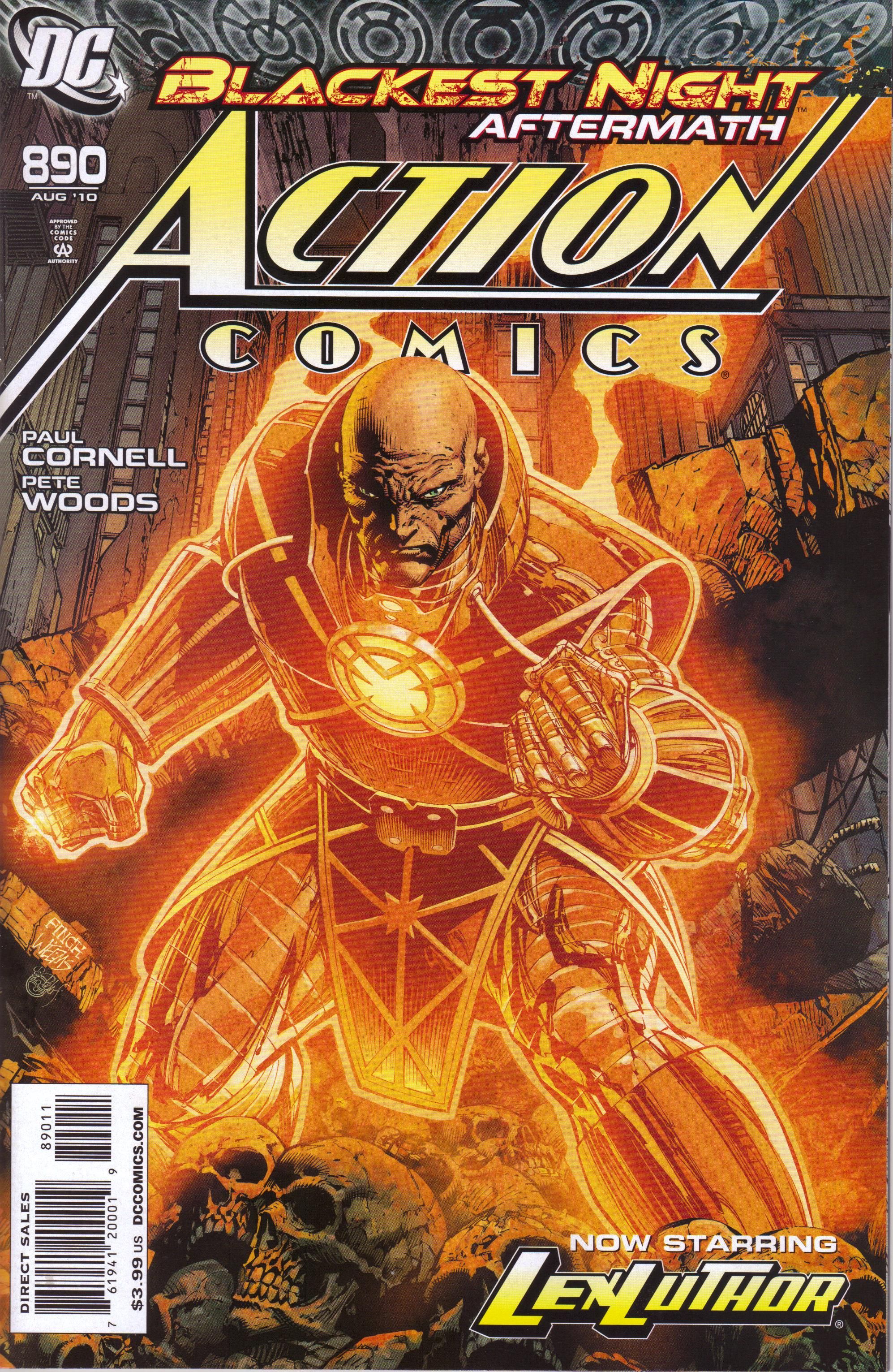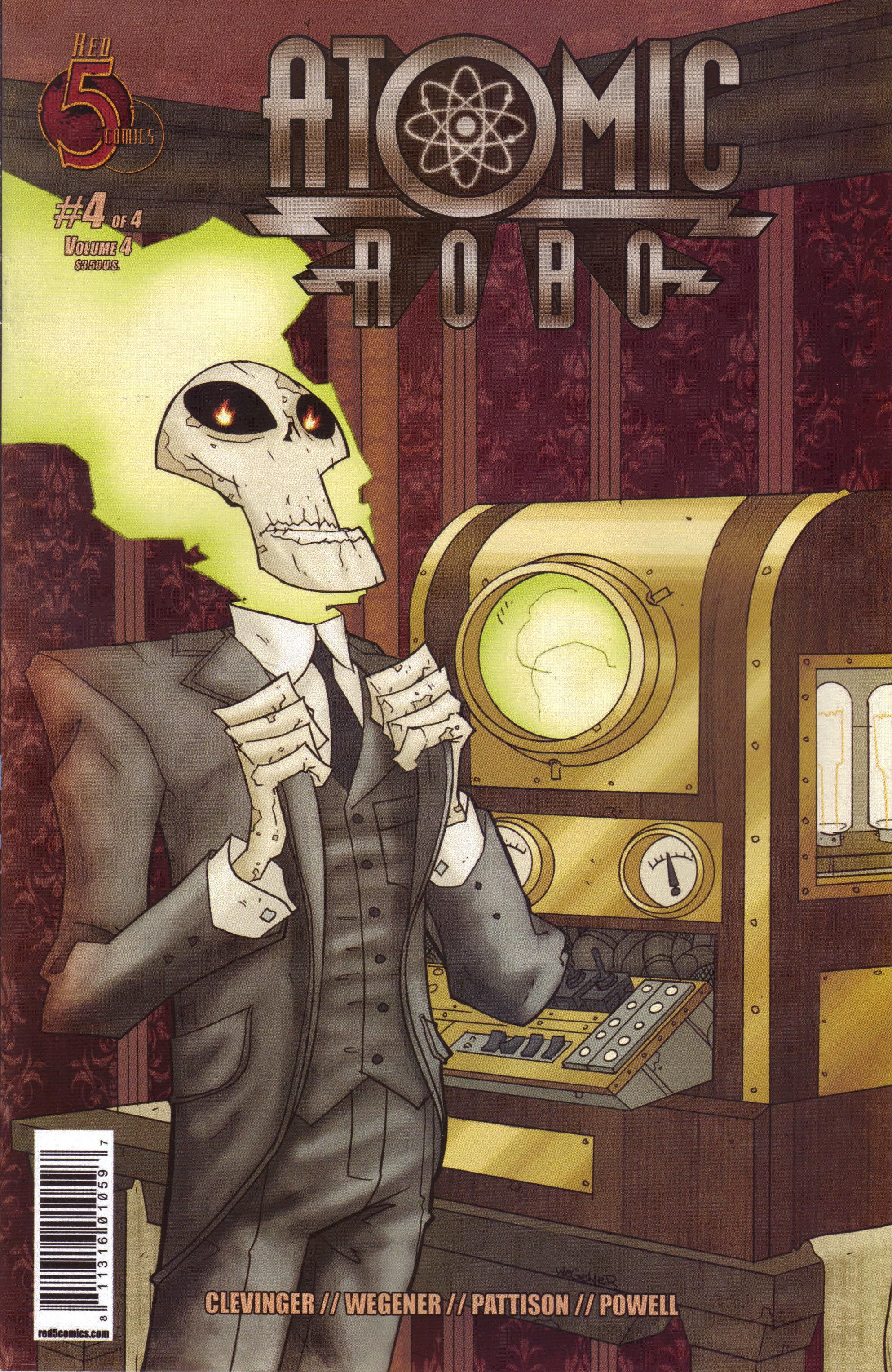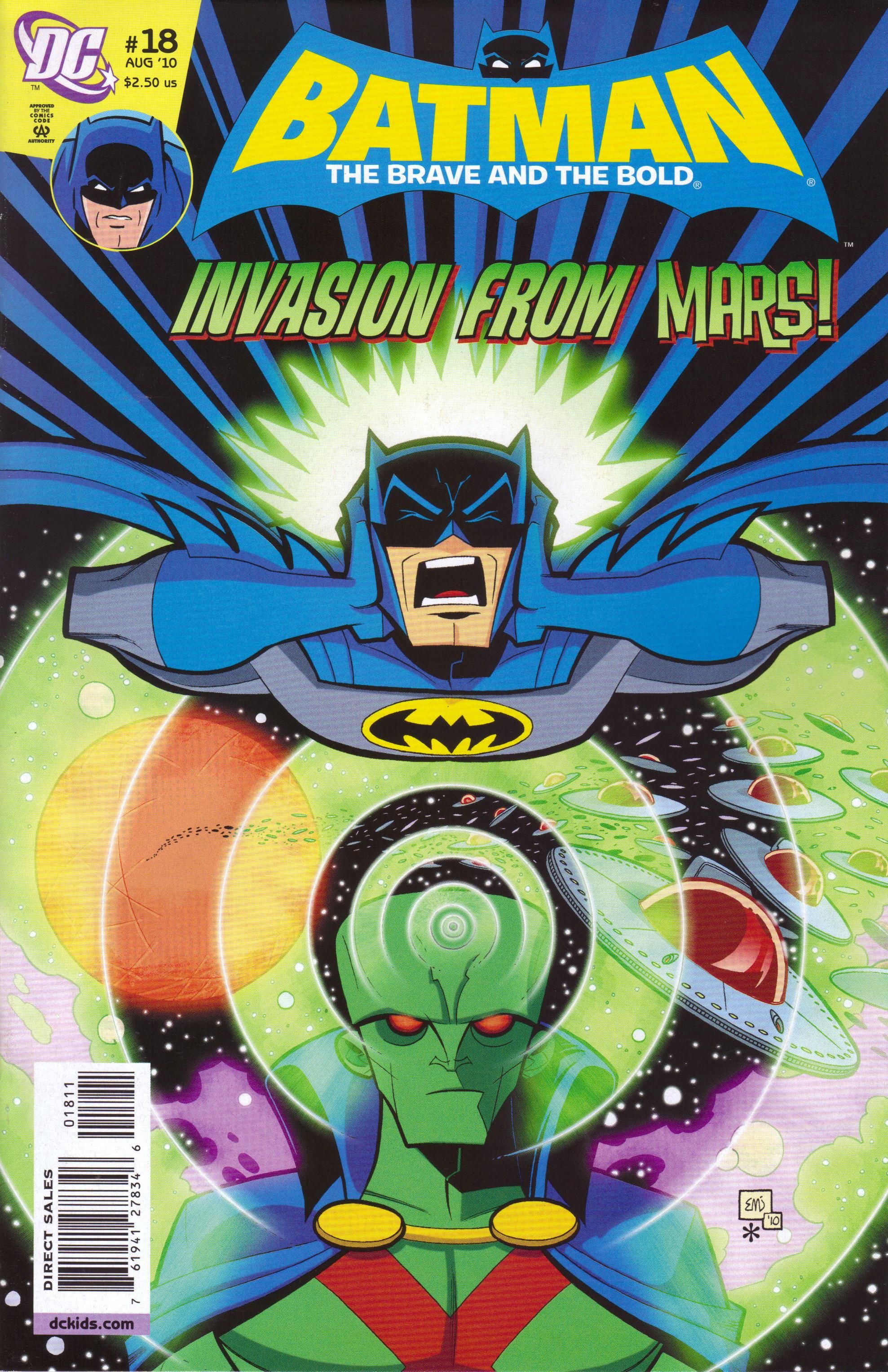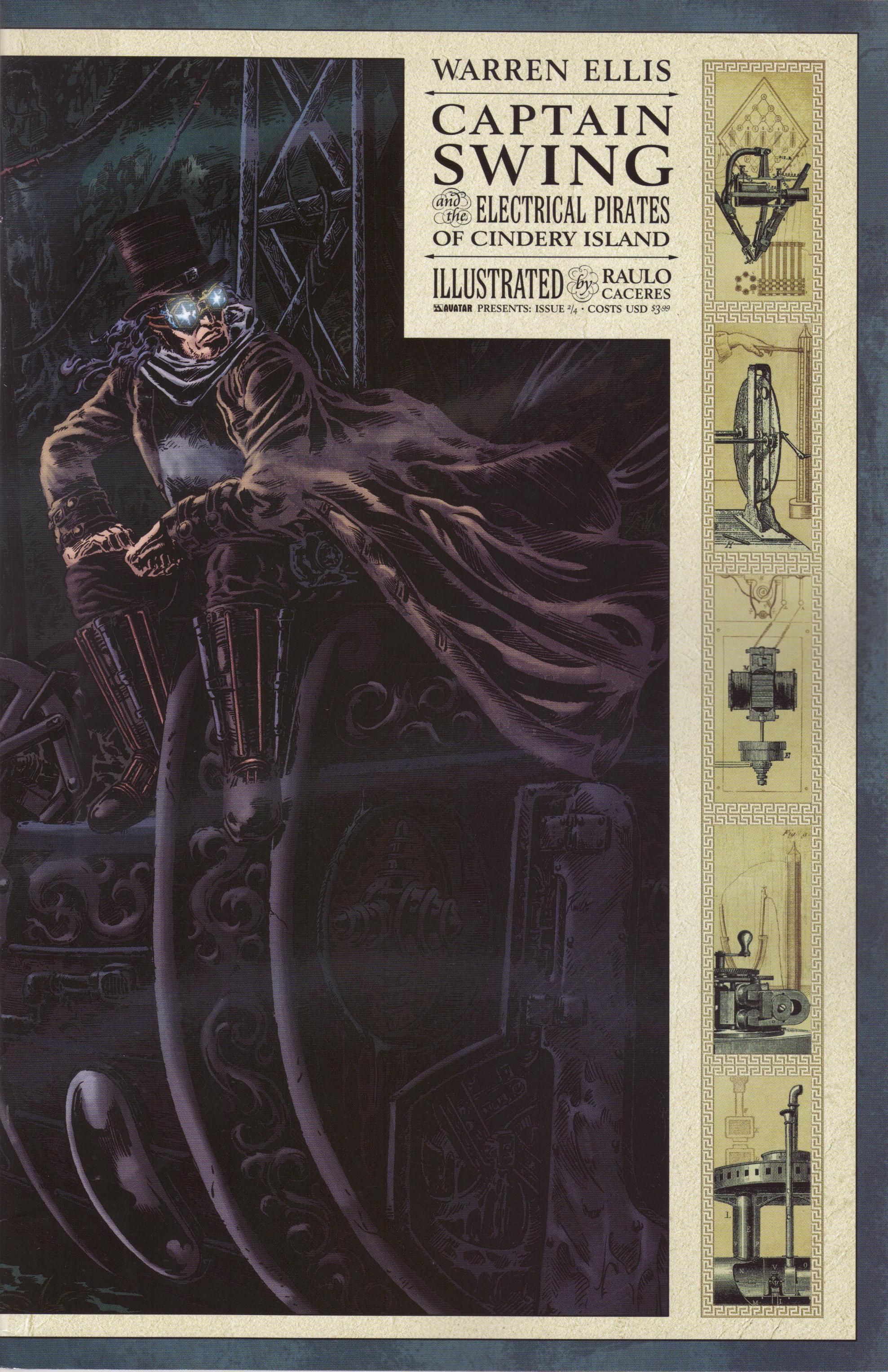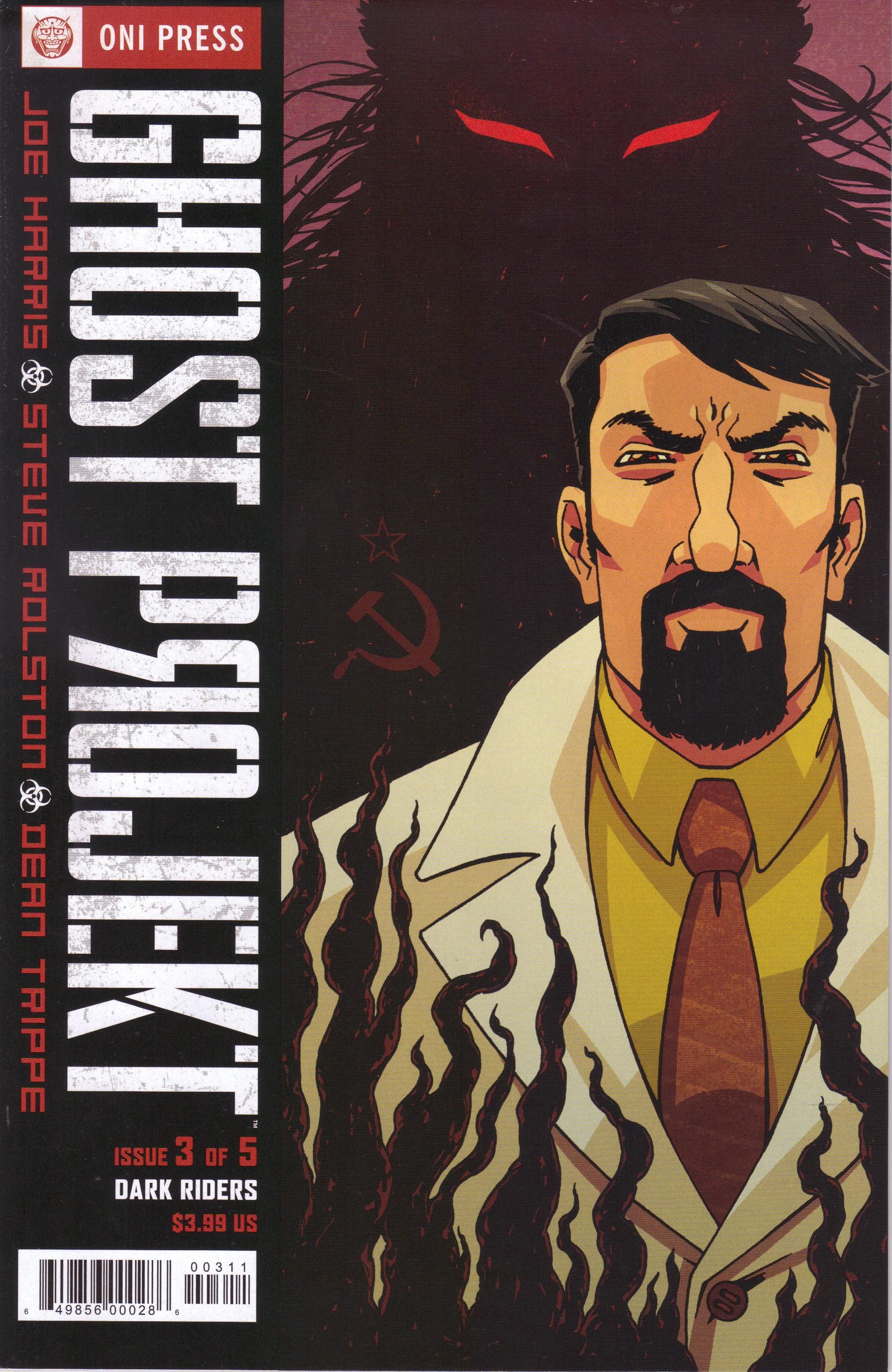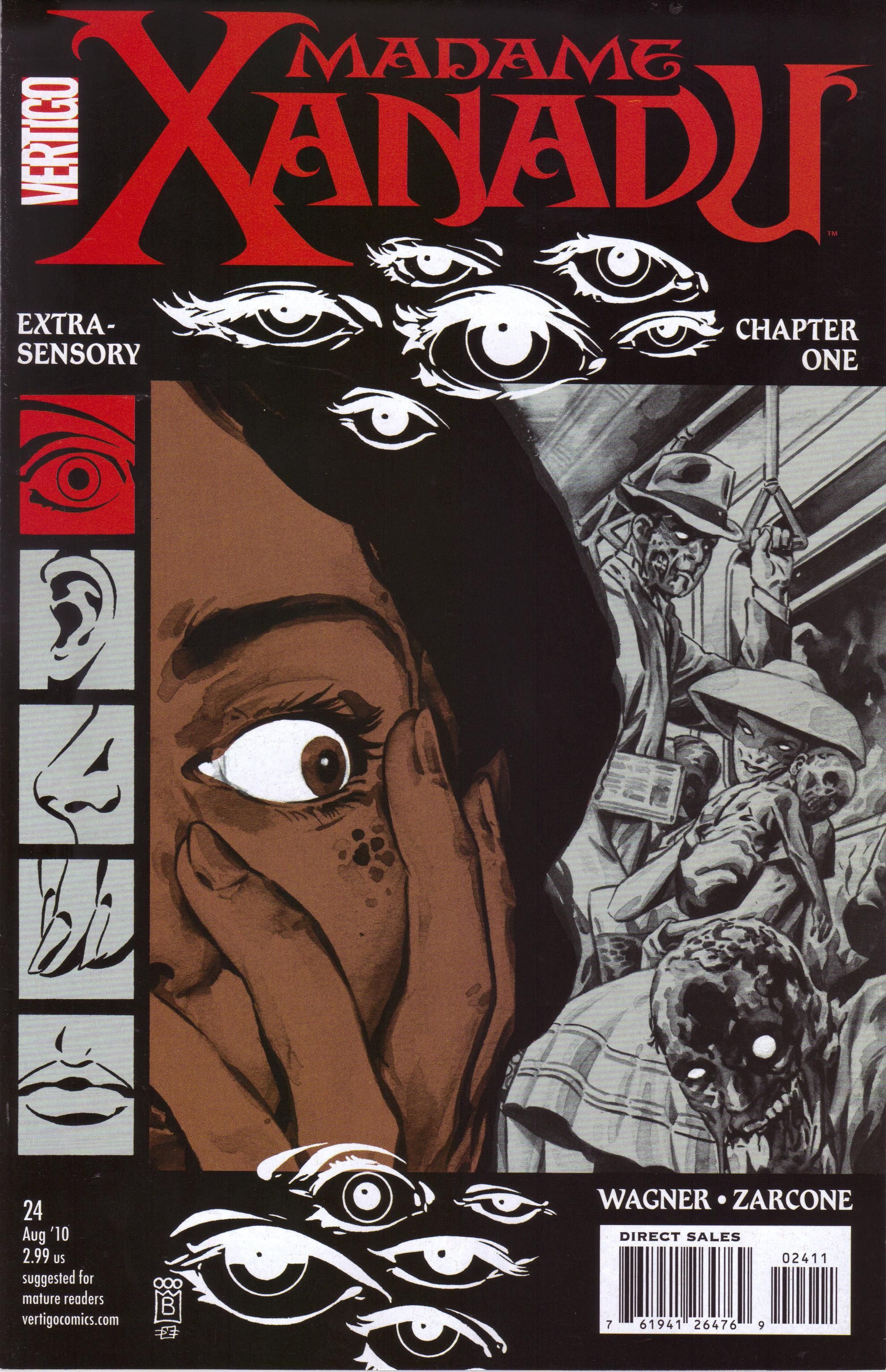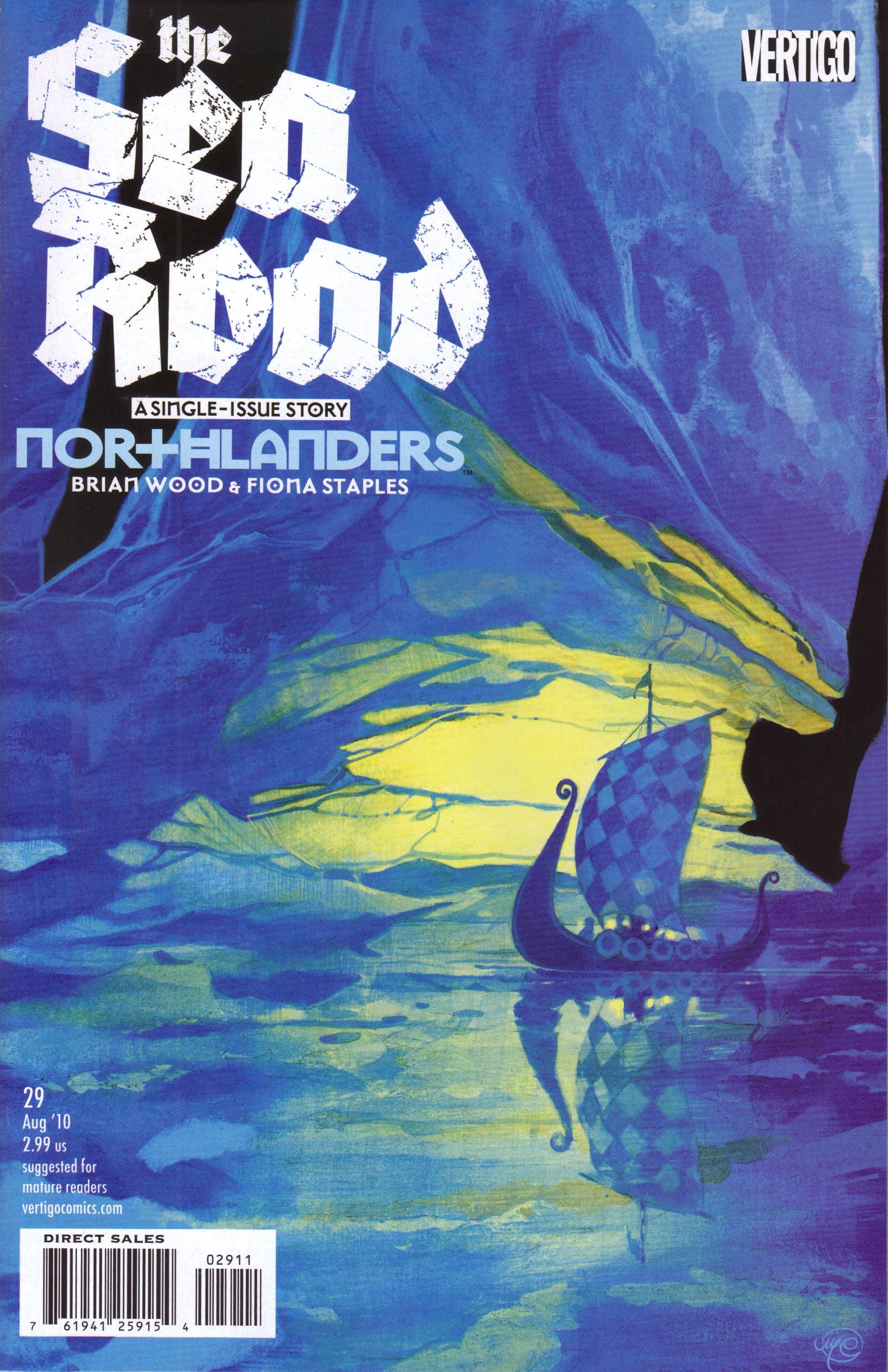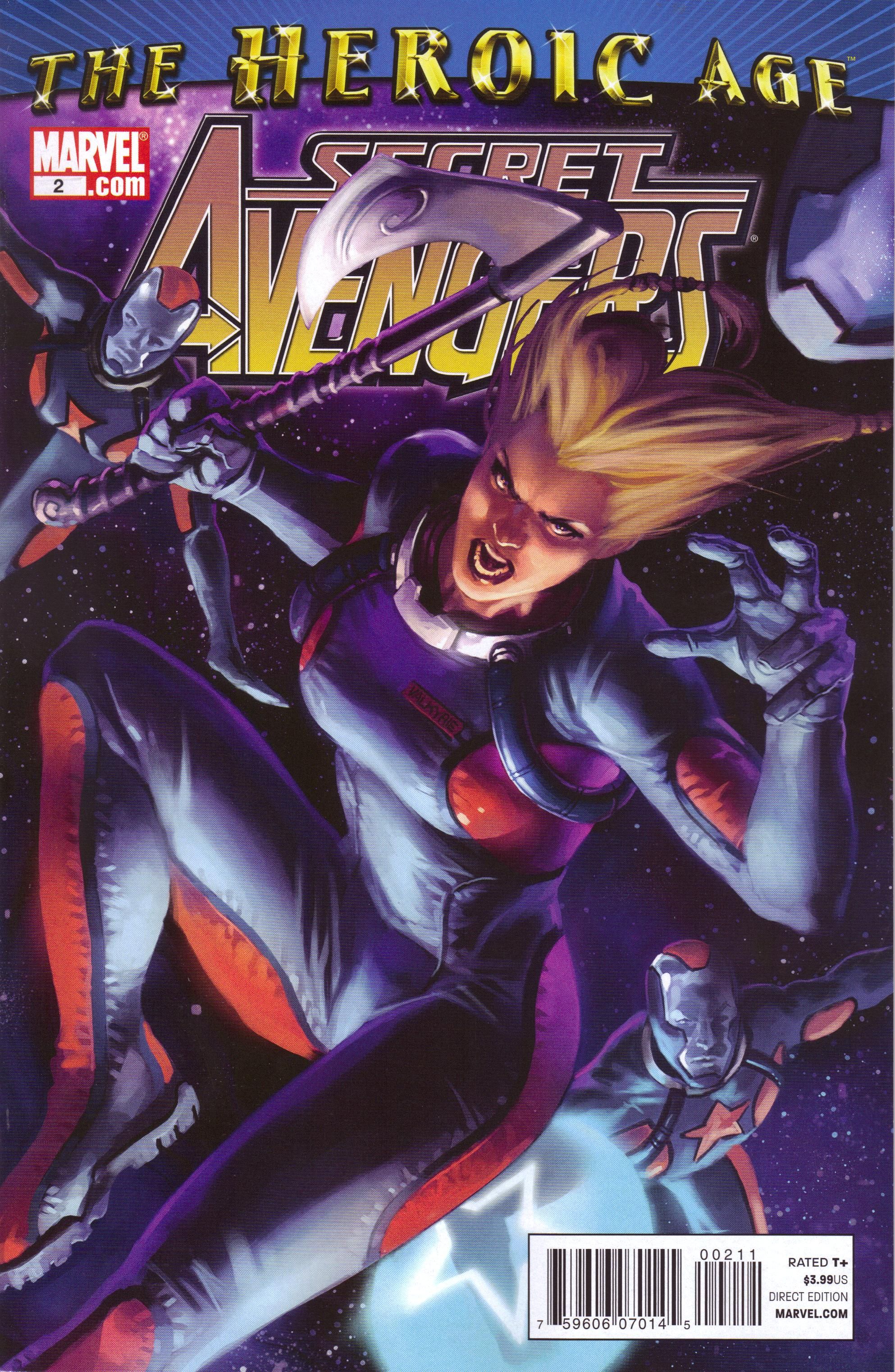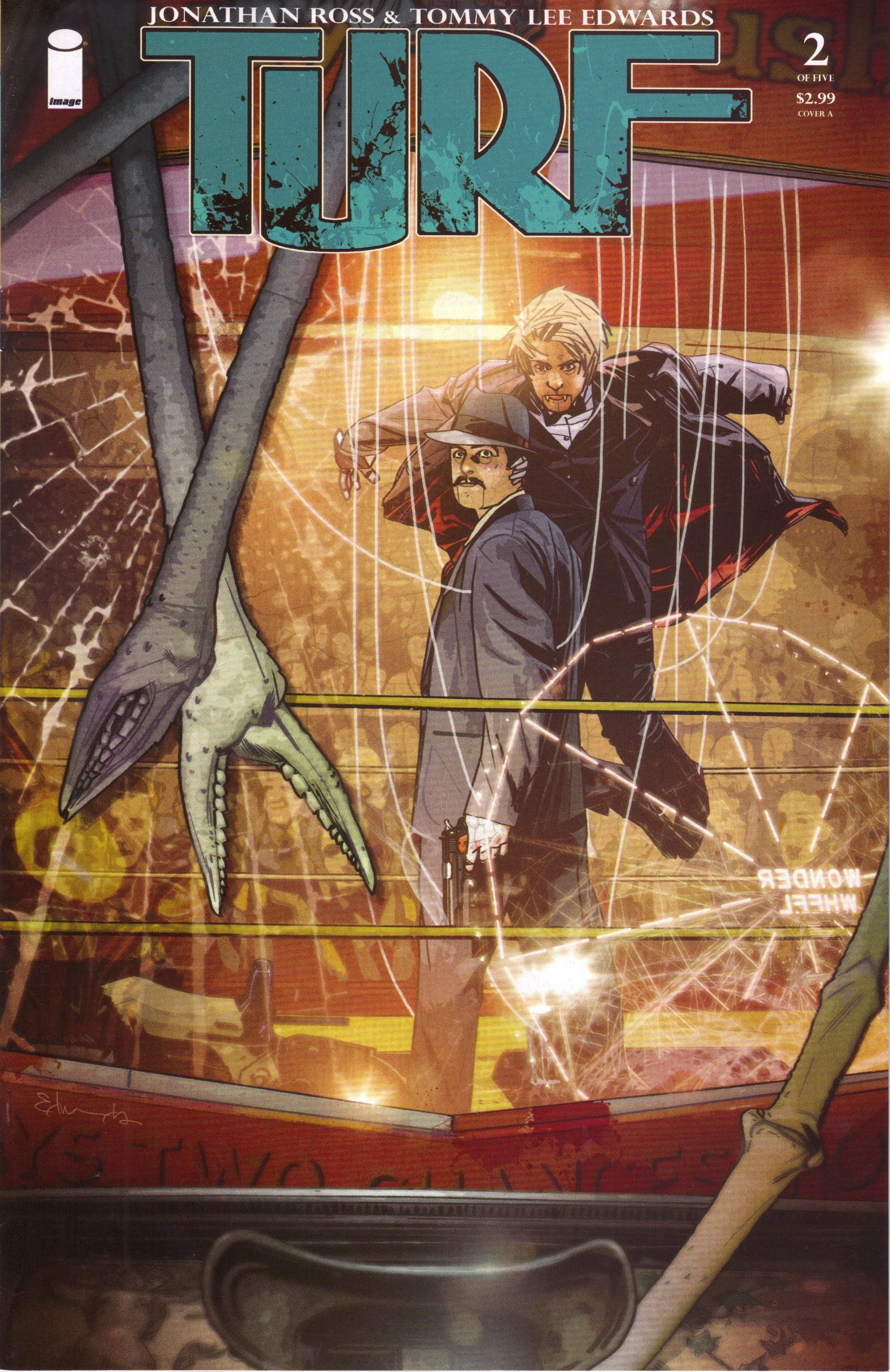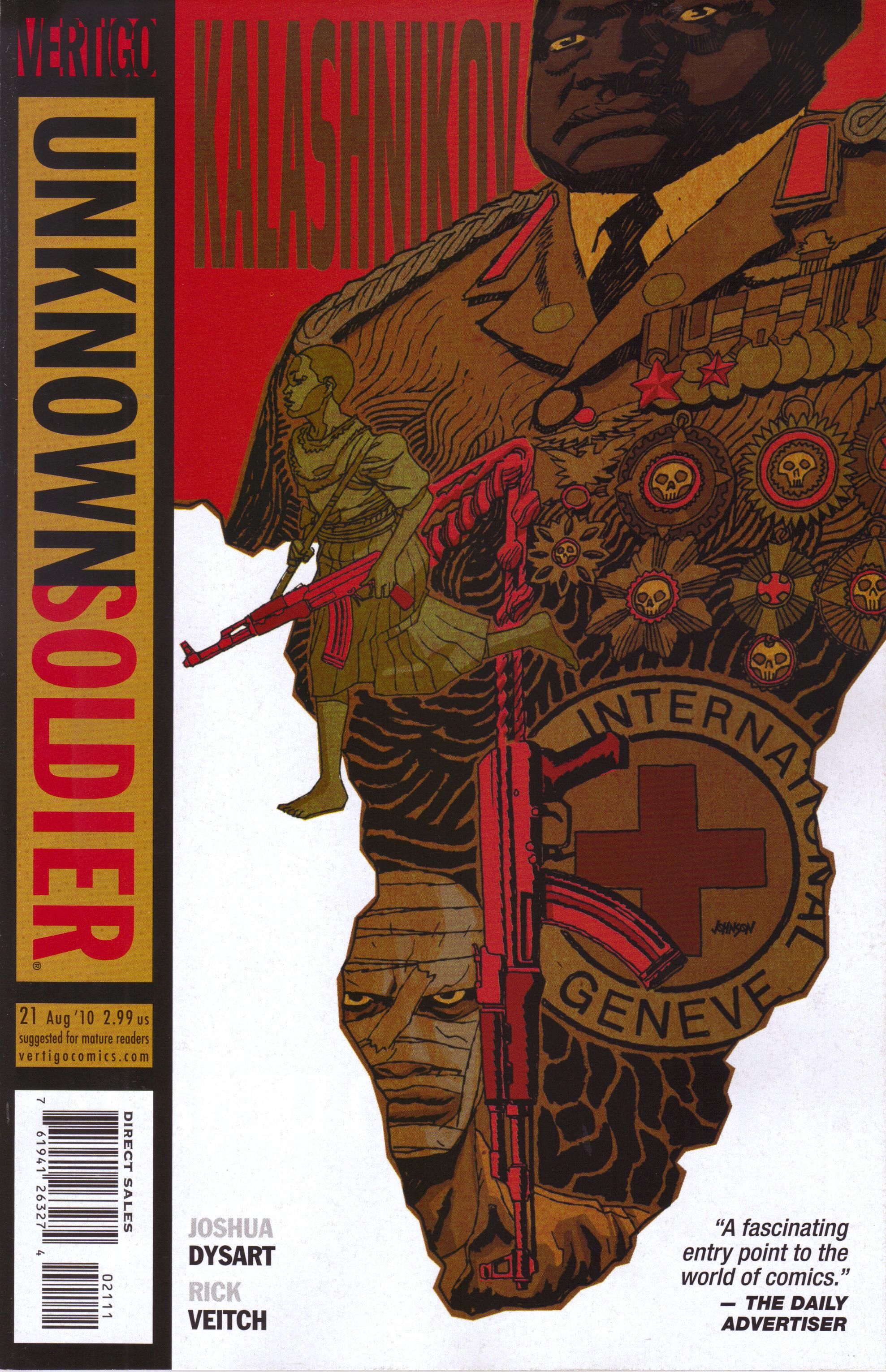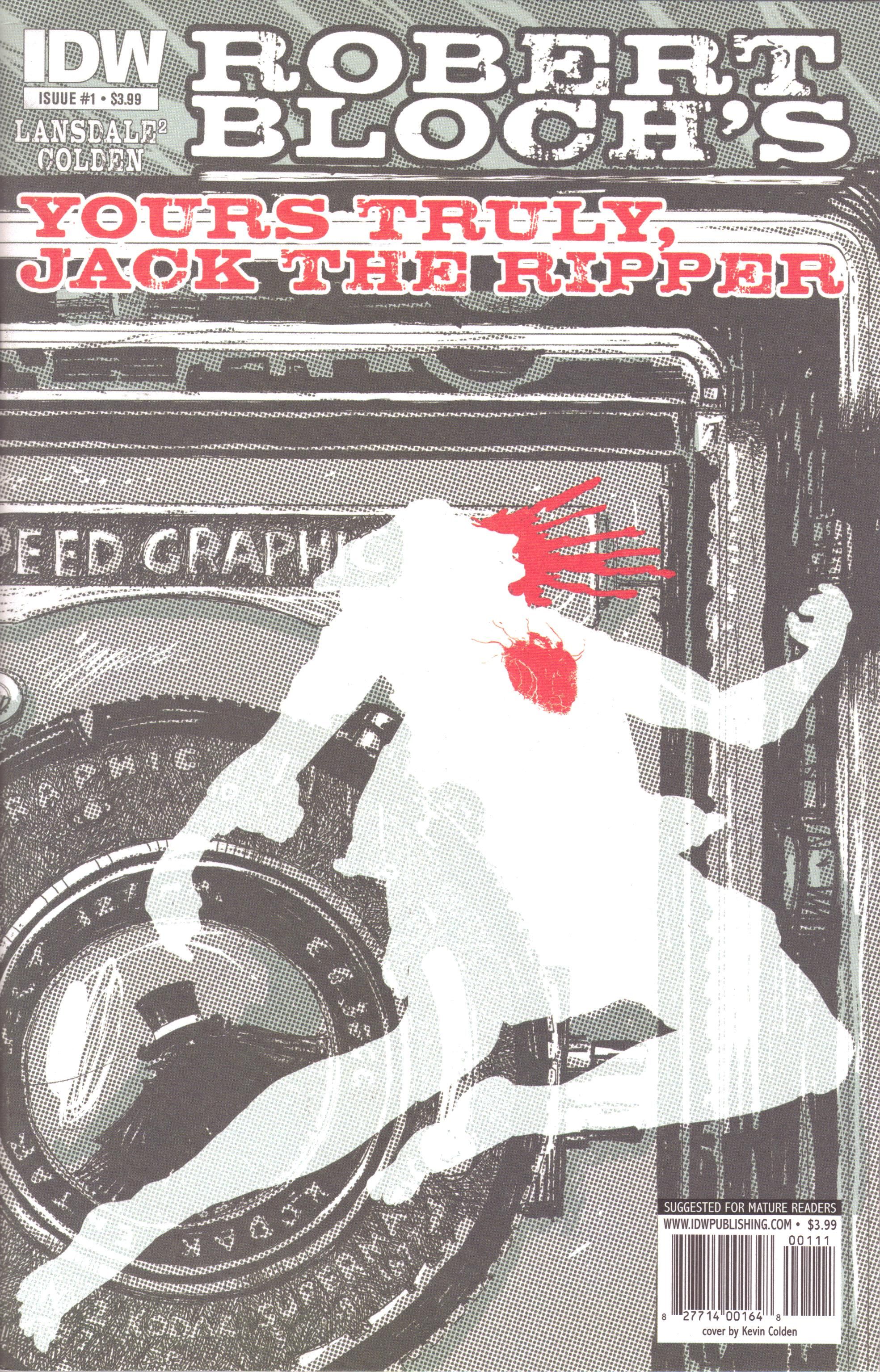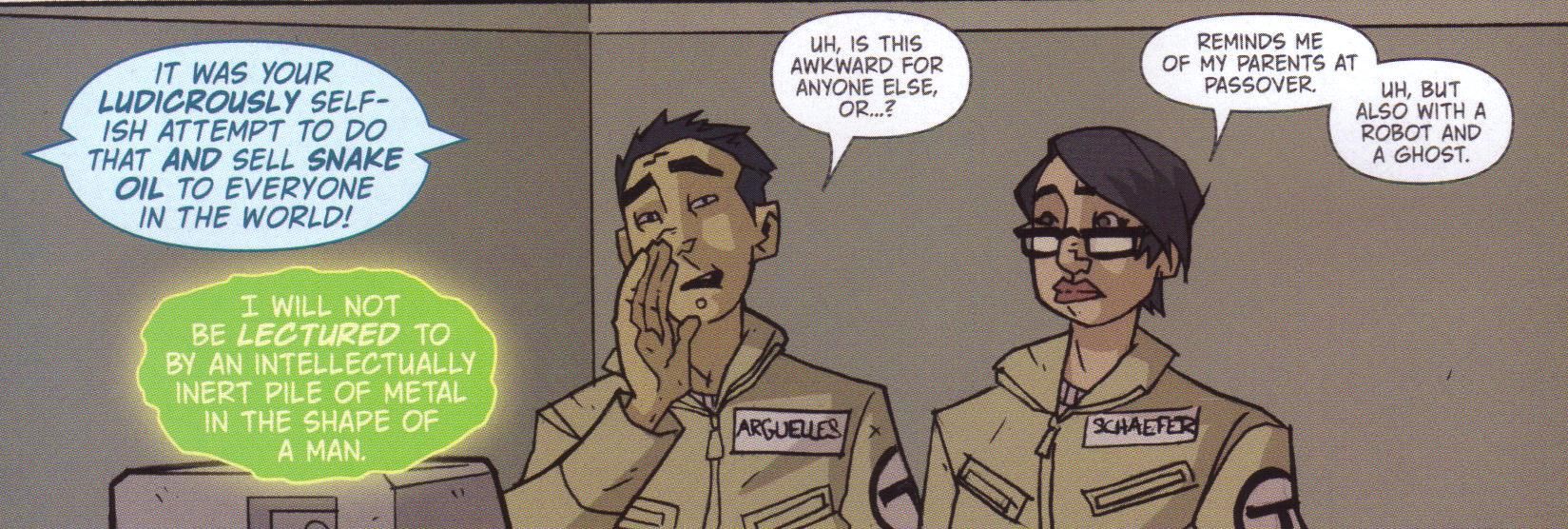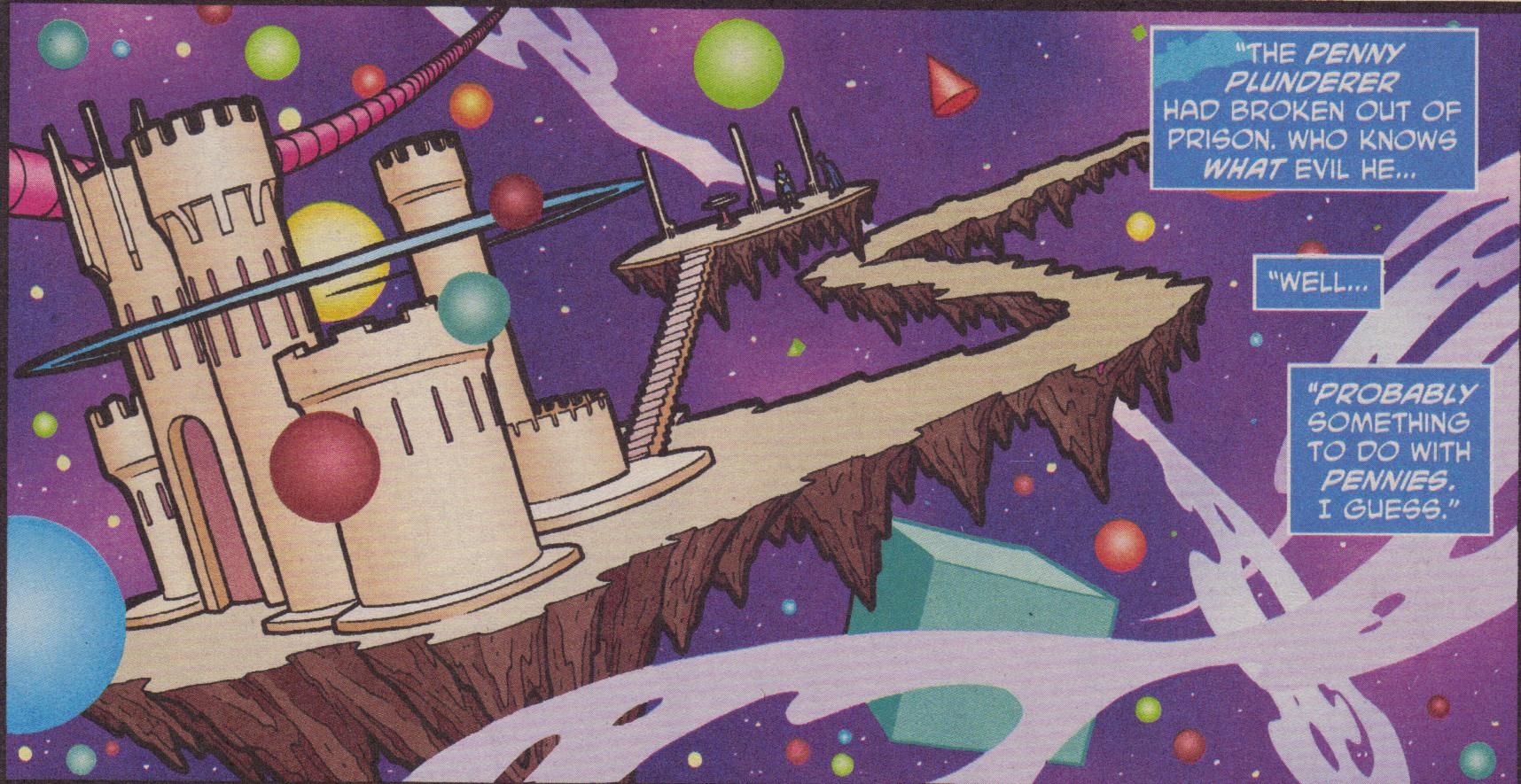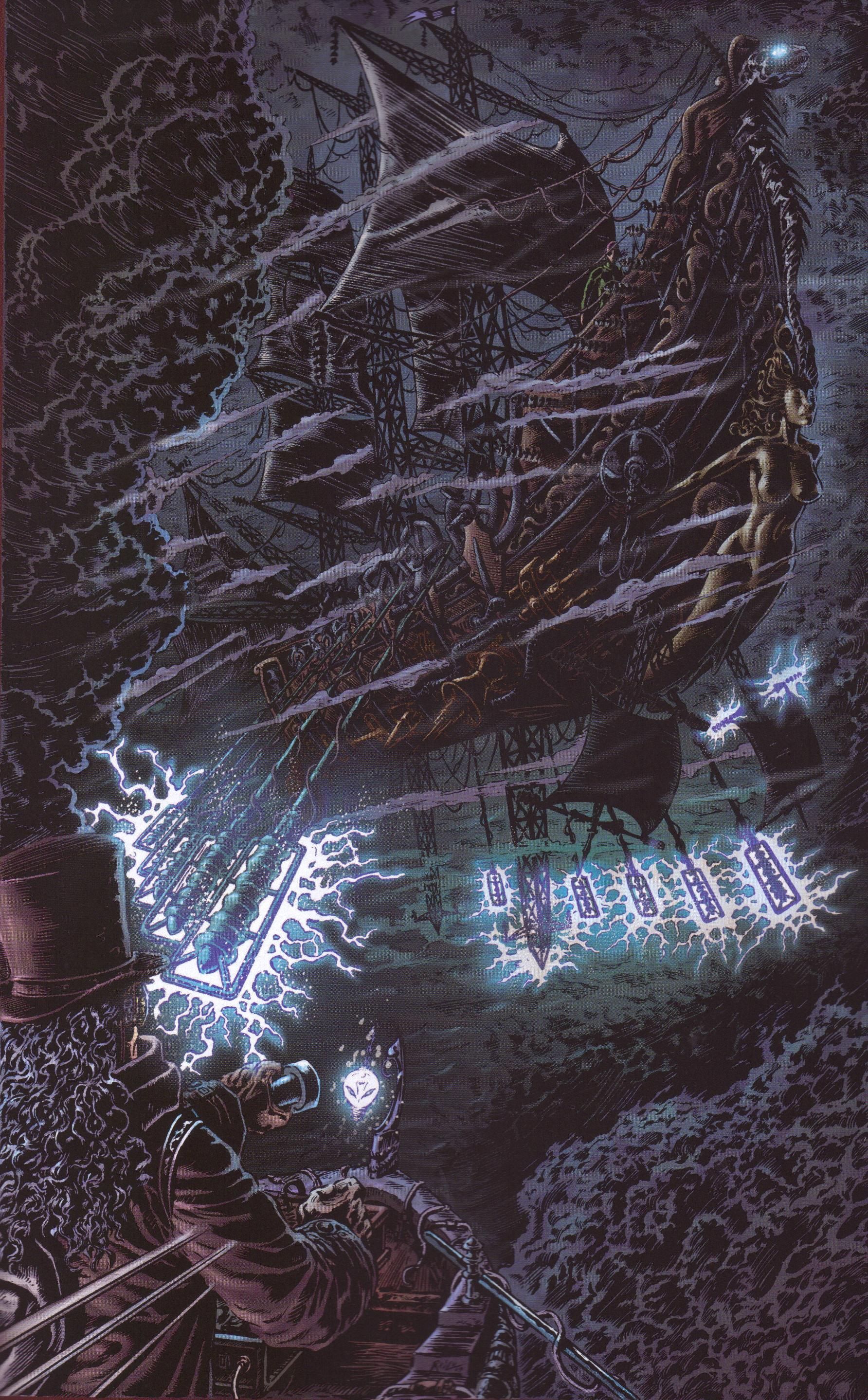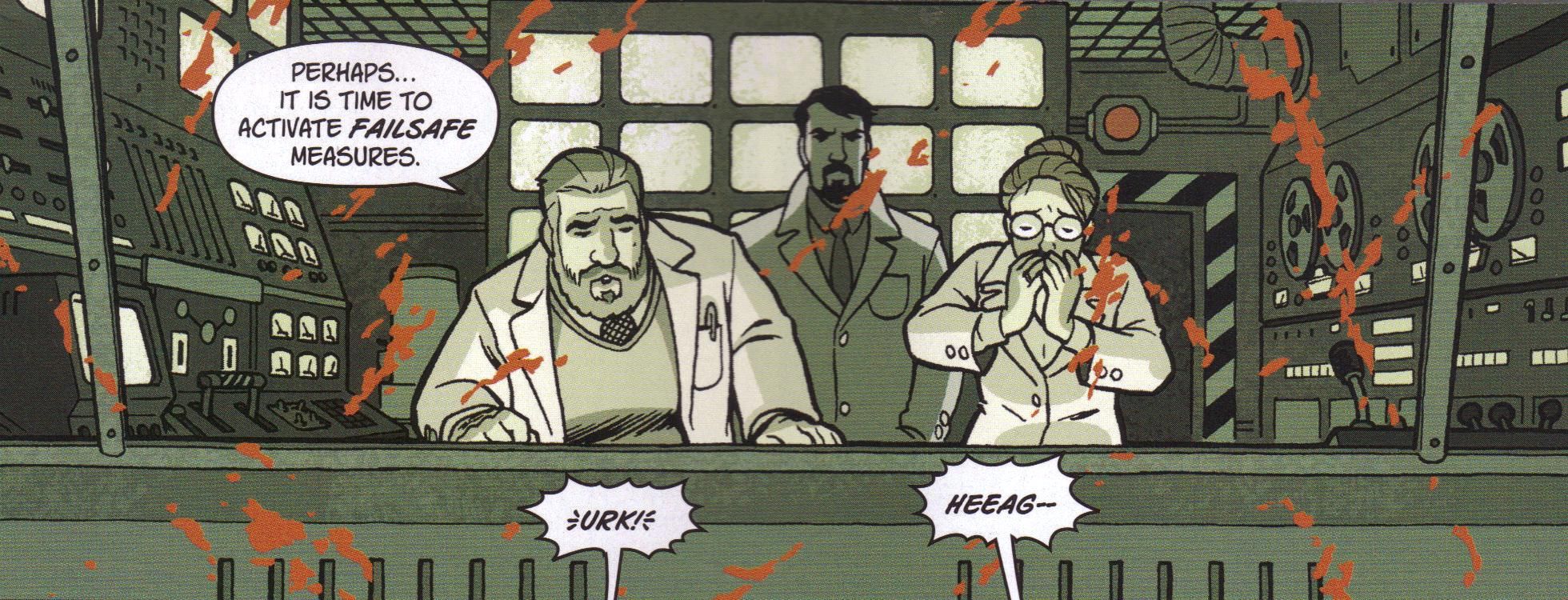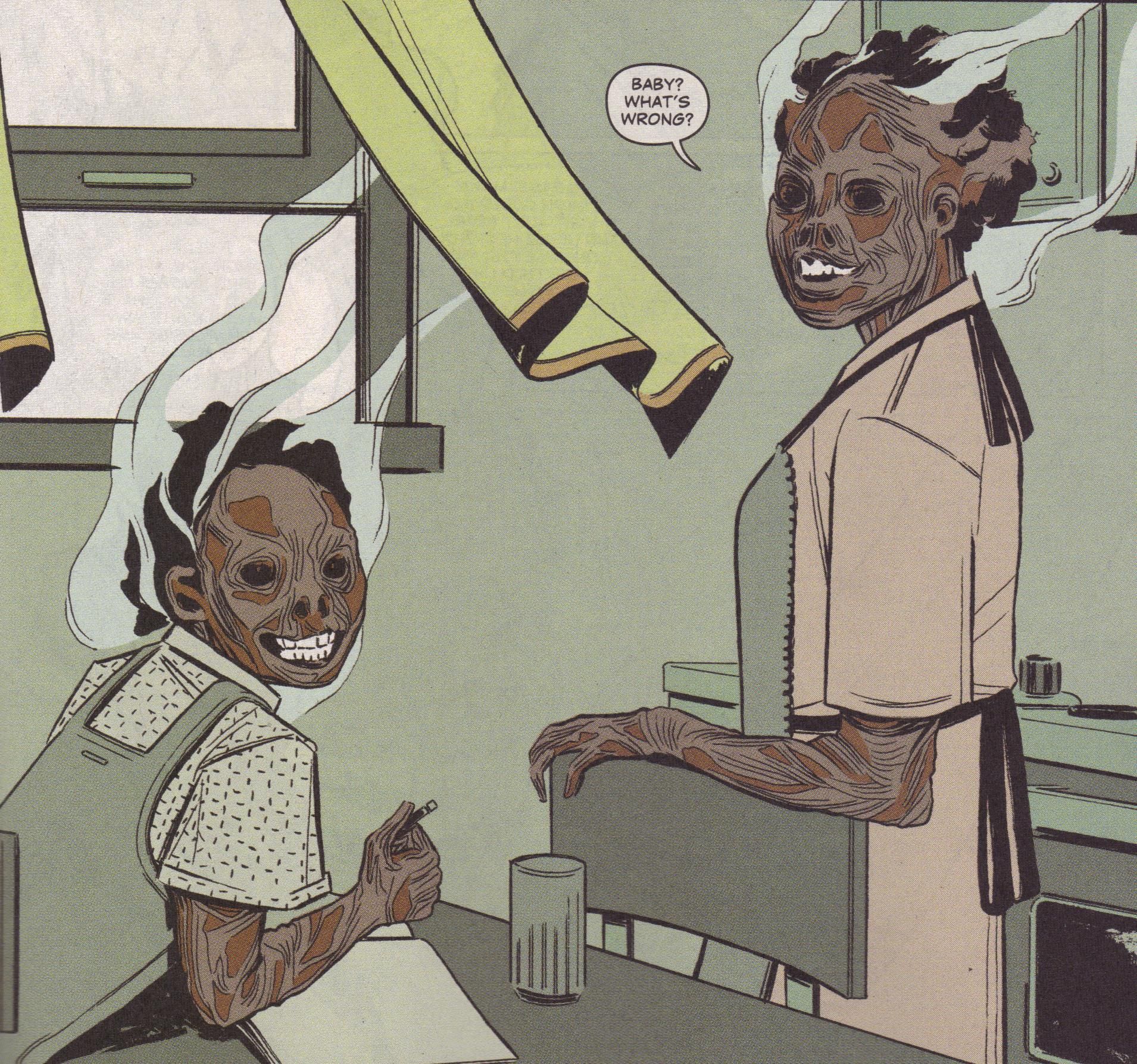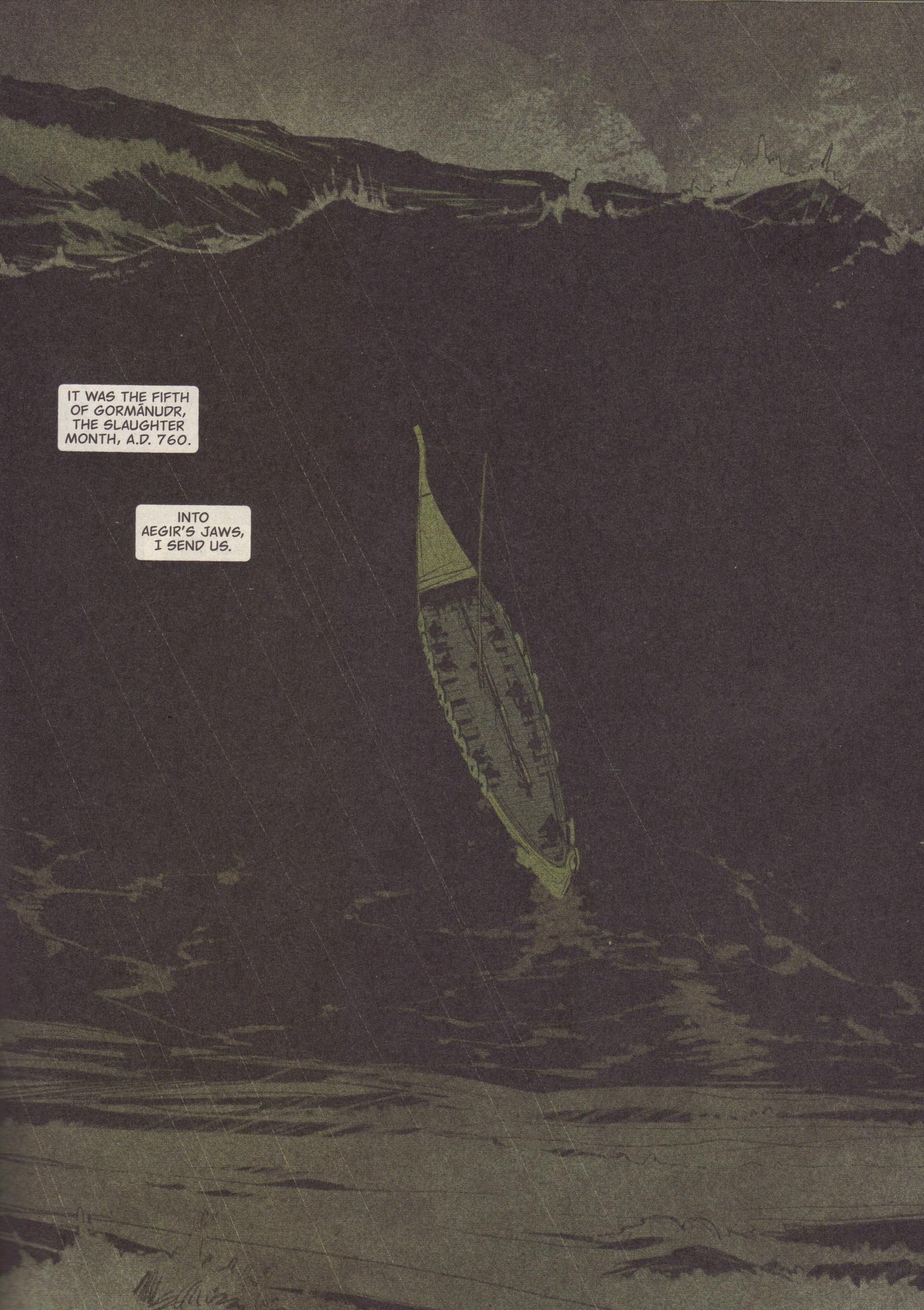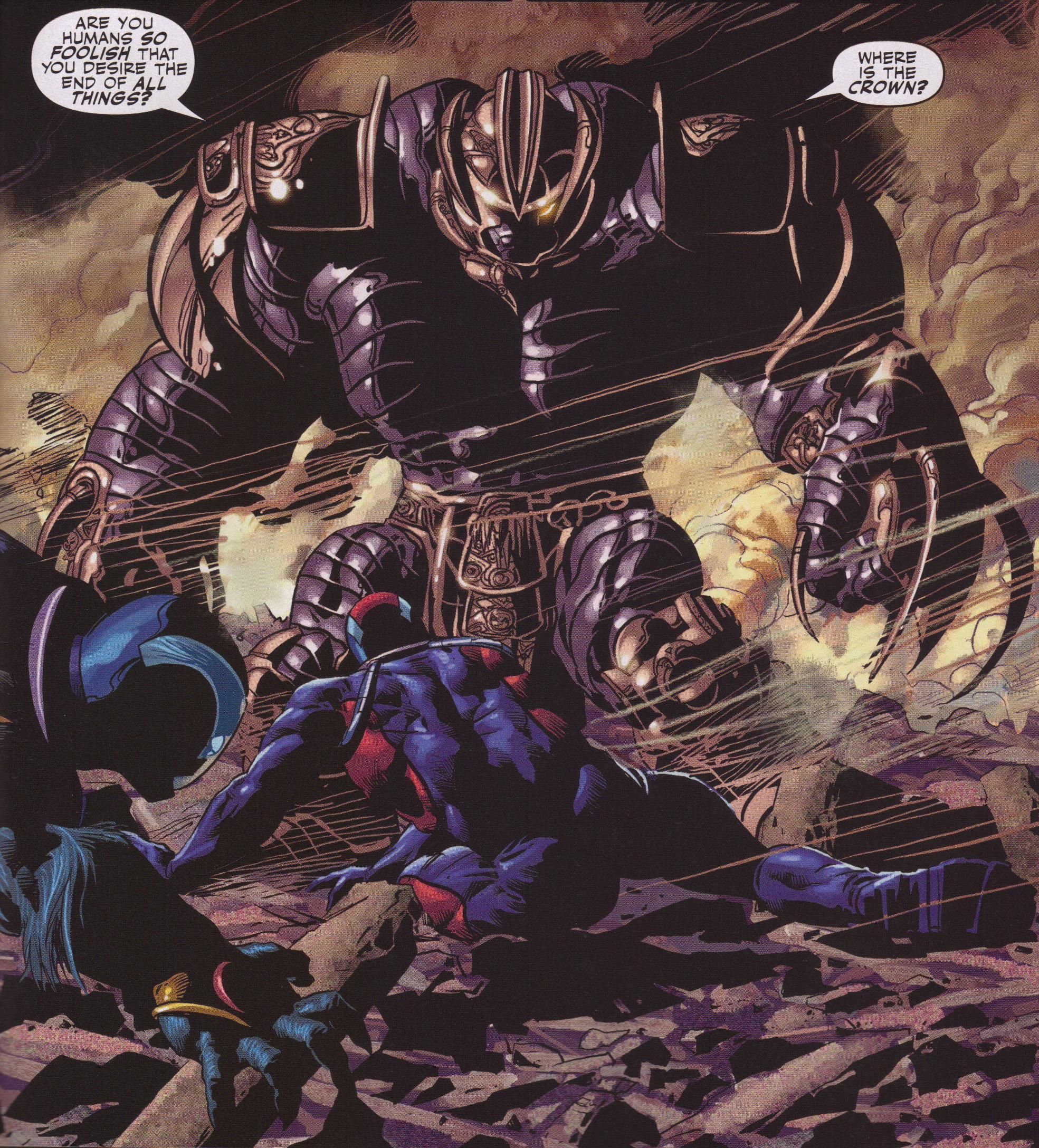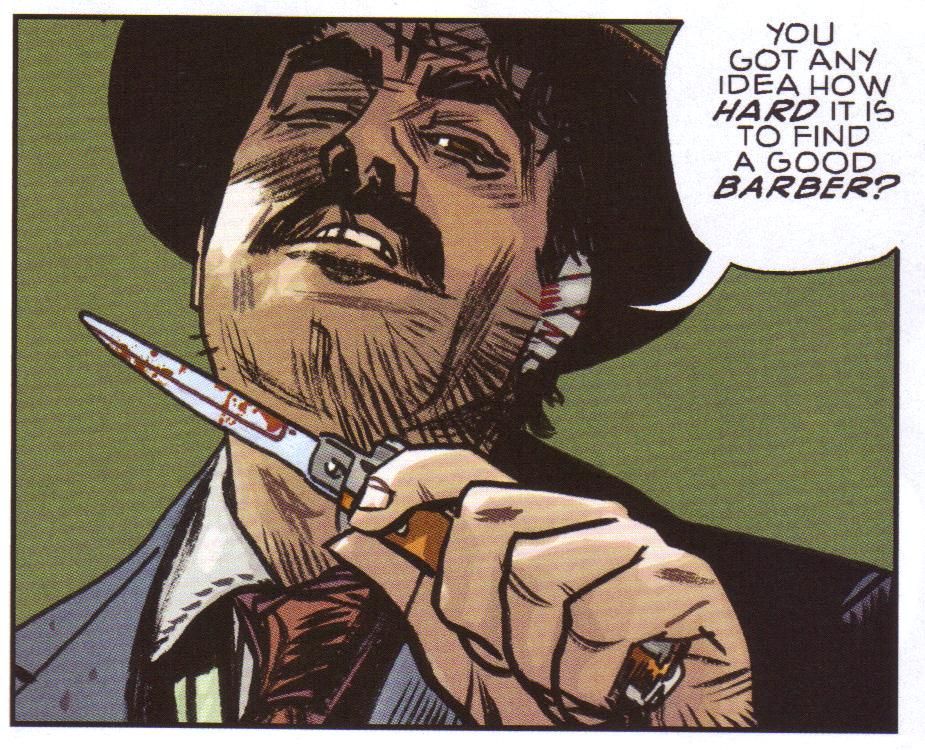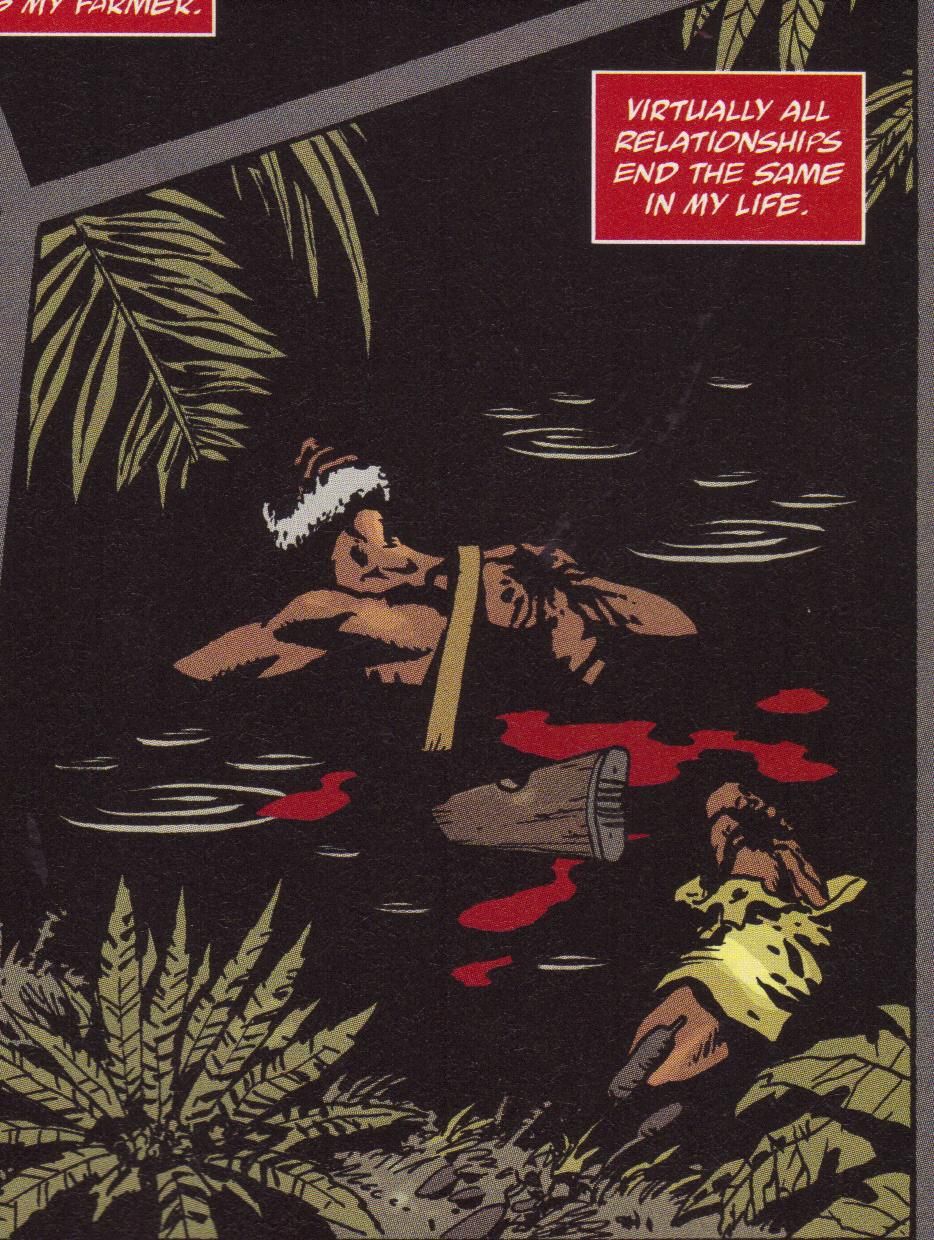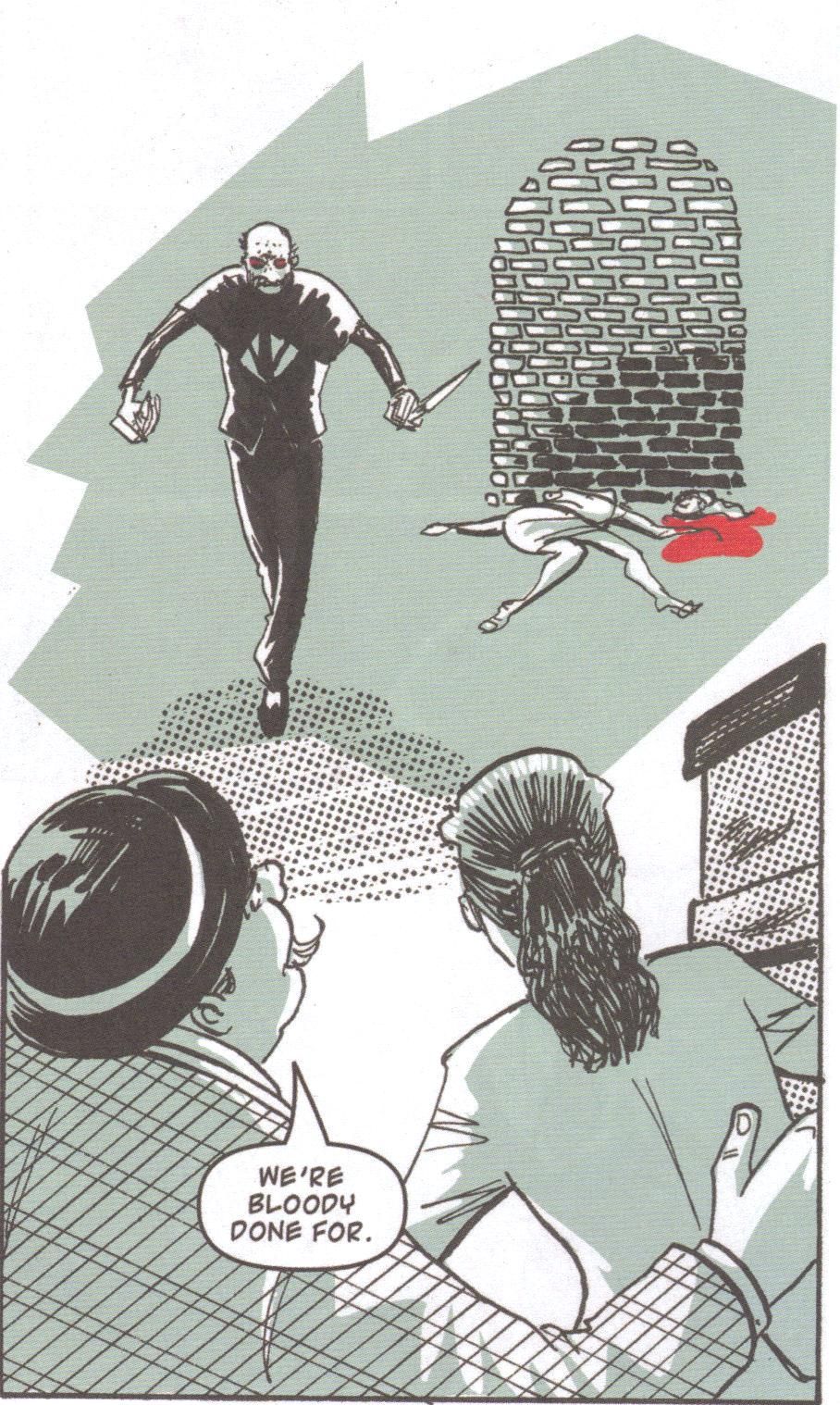The difference between men and sheep seems to be that men, unlike sheep, need not be led to the slaughter but are carried there on the wings of their own enthusiasm. (William Gerhardie, from God's Fifth Column)
Action Comics #890 ("The Black Ring Part One") by Paul Cornell (writer), Pete Woods (artist), Brad Anderson (colorist), and Rob Leigh (letterer). $3.99, 30 pgs, FC, DC.
This is, if you can believe it, the first issue of Action Comics I have ever bought on the day of its release. I own #600 but bought it a few years after it first showed up, and I bought one as part of my (sadly neglected) series Into the Back Issue Box. But I never bought one fresh off the presses. I guess it's been around for some time, but it hasn't reached as high a number as Deadpool Team-Up, so is it really that impressive?
So why did I buy it? Well, the new writer (hasn't Woods been doing Superman stuff for some time now, even though the credits consider him part of the "new creative team"?) is a draw, as is the fact that Cornell is telling a specific story about a specific character that won't tie into the other Superman books (the end of "megafiction," as Robert Greenburger put it), so it's not a bad place to jump on. I've always liked Woods and wish he was working on a book that I cared about, and I was a big fan of Cornell's Marvel work, so why not give this a try?
Unfortunately, it's kind of a dull start. As much as I try to ignore the idea of characters overriding the particular strengths and weaknesses of a writer, for me there's something crappy about Lex Luthor, and very few writers have made him work for me. The fact that Cornell is doing certain things that I think don't work with the character doesn't endear me to this story, either. I'm not going to give up on it after one issue, but it's an uphill battle for Cornell to make me care about this arc.
The general idea is that Luthor, having worn an orange ring during the recent Blackest Night thing, wants a ring of his own because he was intoxicated by the power he wielded. Fine and dandy. This arc is, apparently, going to be about him hunting down a ring. Again, not bad. But I'm hesitant about the way Cornell seems to be doing this, at least in this issue. Why any writer would feature the ridiculous purple-and-green armor in a comic is beyond me, but Luthor is going to use it to zip around the cosmos with his robot Lois to find the residual energies of the black rings and discover how to create his own ring. I know this is a mainstream comic that usually features superheroes, but that seems a bit pedestrian as a plot. Then, Luthor is attacked by some odd bad guys who hang him out a window. They're in thrall to a "powerful psychic" who reveals himself at the end of the issue, and instead of being impressed, I laughed out loud. I'm sorry, but that particular bad guy seems, well, ridiculous. But that might just be me. So the plot, so far, is just a little goofy.
What might save it is the fact that Cornell does a good job with a few asides that reveal Luthor's personality quite well. The fact that he orders one of his underlings killed for disagreeing and physically assaulting him isn't new, but it's still nasty. But the fact that Luthor wants to be Superman is brought out in a few keen ways. The scene where Luthor actually admits to wanting to be Superman probably comes from the Blackest Night crossover, but later, Cornell has Luthor reveal more about that desire when he says he'd give himself a better superhero name. Luthor has always been defined by his crippling inferiority complex in regard to Superman, so it will be interesting to see what Cornell does with that. I'm not terribly sure if he'll do anything with it and instead overwhelm his story in a standard supervillain plot, but I'm willing to give it a few issues to find out.
Woods is fine as usual, but I'll have to go back and check out the issues of Catwoman he did, which is the last time I bought something with him doing the art on a regular basis. I seem to remember that art being better. Maybe I'm wrong. It seems like he's smoothed out some of his rough edges, and while that might be the colorist, you know I'm a big fan of rough edges, so if it's Woods's doing, I wish he'd stop.
Anyway, this isn't a bad issue by any means, but I do hope Cornell gets better. I mean, I certainly don't read enough comics that I can't add another one, right?
One totally Airwolf panel:
Atomic Robo volume 4 #4 (of 4) by Brian Clevinger (writer), Scott Wegener (artist), Ronda Pattison (colorist), and Jeff Powell (letterer). $3.50, 22 pgs, FC, Red 5 Comics.
So last time around, I may have made Brian Clevinger a bit grumpy because I wasn't in love with Dr. Dinosaur and his witty banter with our hero. Or maybe Clevinger was just yanking my chain. It's so hard to gauge tone on the Internet, after all. But that doesn't mean I think Atomic Robo isn't fantastic, because it is, and the final issue of this volume bears that out, as the book is once again firing on all cylinders. What I objected to about the last issue is the repetitiveness of the jokes, which mainly focused on Robo calling Dr. Dinosaur stupid and Dr. Dinosaur crowing about taking over the world. There wasn't much to the story. In contrast, let's consider this issue, in which Robo and his crew try to figure out what's haunting their headquarters. The jokes and funny dialogue flow from the situation of the ghost, not from two characters insulting each other. I know that might be splitting hairs, but for me, at least, humor doesn't necessarily come from people trying to be humorous (whether it's the characters or the writer, as issue #3 felt like), but from a situation where the humor is somewhat ancillary. Robo needs to discover what's haunting the headquarters, and he and his scientists try to figure it out. In issue #3, I get that Robo needed to stop Dr. Dinosaur taking over the world, but the threat was so minimal that any tension was drained out of the situation and we got two characters "nyah-nyahing" at each other. In this issue, as minimal as any threat to Robo tend to be (let's face it, we don't read these comics because of the nail-biting fear that something bad will happen), at least there's a mystery, and Clevinger is wise enough to give the ghost (and no, I'm not going to reveal its identity, because it's too much fun) some different personality traits that make it interesting. Dr. Dinosaur is a fairly stock figure of ridicule. The ghost isn't. So even though the jokes are still there, the entire issue feels weightier, as if Robo has done something wrong even though he's the hero. It's this movement from lightheartedness to a kind of pathos that makes this issue, particularly, far more memorable than a talking dinosaur.
Boy, I got a bit deep there, didn't I? Sorry about that. This is still a wildly entertaining issue, with the scientists throwing wadded-up paper through the ghost's head (all for science!), Robo saying "I like to think of brain surgery as a last ditch effort," and one character saying, "That's not something you see every day," to which another character responds, rightly, "Nothing about today is something you see every day." We also get a description that, if somebody doesn't use as a band name within the next year, means that there's something seriously wrong with the universe. Wegener is as excellent as usual, with several different character types interacting well, the ghost's expressions showing the wide range of emotions it's experiencing, and skulls as the dots of question marks and exclamation points, which is a stroke of genius. Wegener is an amazing artist, and even though he probably lives under a bridge because he doesn't make any money doing this series, I'm glad he has to eat rat turds for sustenance if it means we get more Atomic Robo!!!!!
I don't know if another series is in the offing from these gentlemen, but that's something to worry about in the future. For now, pick this issue up. It's a single-issue story that gives you a good sense of what's going on with the title as a whole. Then you can track down the trade paperbacks!!!!
One totally Airwolf panel:
Batman: The Brave and the Bold #18 ("Life on Mars"/"All in the Mind") by Landry Q. Walker (writer), Eric Jones (artist), Heroic Age (colorist), and Rob Clark Jr. (letterer). $2.50, 20 pgs, FC, DC.
This is, I'm not ashamed to admit, the third consecutive issue of Batman: The Brave and the Bold that I've bought, mainly because, despite being ostensibly "kid's comics," the writers (Landry Walker wrote this and issue #16, while Sholly Fisch wrote #17) have a good handle on Batman, better, it seems, than some of the people writing for the "real" books. The Batman in this series is a total bad-ass, sure, but he's also not a jerk, as he often seems in the mainstream books. Plus, he can fight guys like the one in the Airwolf panel (see below) but also have to deal with real problems, like Ma'alefa'ak, the evil White Martian who vexes him and his buddies in this issue. The Johnny DC books are a nice blend of goofy, 1960s Batman and modern, kick-ass Batman, and it works quite well.
Like in this issue: Bats and J'onn track down Ma'alefa'ak, who wants to recreate Mars on Earth. For a "kid's comic," it's a fairly tense few pages when the two fight Ma'alefa'ak, and Walker even gives us some nice psychological insight into Batman. Then the scene shifts, as Batman teams up with Doctor Fate when he thinks he's going a bit bonkers. Jones does a wonderful job with Fate's weird unearthly dimension and the fight with Ma'alefa'ak that follows (even though Bats and J'onn seem to have defeated the White Martian, we know he's coming back in round two). It's a cool comic showing both the physical and mental strength of Batman as well as the strengths of his two team-up buddies. And the fate of Ma'alefa'ak is appropriate, as well.
I always make snap judgments about buying the Johnny DC books, and very rarely do they let me down. They're not great literature by any means (of course, are many comics?), but they help cleanse the palette after the unpleasantness of many of today's comics (and that's in both good and bad comics - I'm not opposed to unpleasantness in general). This is just another example of a solid superhero comic written and drawn well. Isn't that what we want from comics?
One totally Airwolf panel:
Captain Swing and the Electrical Pirates of Cindery Island #2 (of 4) by Warren Ellis (writer), Raulo Caceres (artist), and Digikore Studios (colorist). $3.99, 27 pgs, FC, Avatar Press.
As this is three months late, it's kind of hard for me to get back into it, but Ellis doesn't make it too hard, as this issue is basically Captain Swing declaiming a great deal of his philosophy to the cop who was unlucky enough to fall into the dinghy in issue #1 and has now been basically kidnapped and taken to Cindery Island, which is in Essex, by the way. Meanwhile, the bad guy figures out how to track the flying pirate ship. It's a handsome comic, especially the two-page spread of Cindery Island itself, but it's tough to judge because it's definitely a chapter of a larger work, so not much happens but the plot still moves forward a bit, mostly due to Captain Swing's rhetoric. As usual with some of Ellis's works, it's very hard to separate the writer from the character. Captain Swing speaks of the beautiful future that awaits everyone if only he can democratize technology, which is a fairly standard Ellisism. The question becomes, where does the character end and the writer begin? Of the major comic book writers, Ellis and Moore (and Ennis, to a lesser degree) seem to blur their own beliefs and those of their characters, which is why we have the Ellis archetype and even the Ennis archetype (and less so the Moore one, as he doesn't write as much anymore, but we can still find it). Becoming personally involved in your work is a mark of a strong voice, of course, but it also means creating new, different characters is more difficult. One of the reasons why Morrison seems so diverse is because there really isn't a Morrison archetype - there are hints of them, but nothing like an Ellisian one - but that also means that a Morrison comic often lacks a unifying philosophy of life, even though there are similarities among Morrison comics. With Captain Swing as with some other Ellis comics (especially his Avatar stuff, where he's given much more free rein), it's hard to suss out if there's a character there or just a stand-in for the writer. That's why this title doesn't thrill me as much as it ought to. If Ellis's plot comes up to snuff, then that plus Caceres's intricate artwork will help it rise up a bit. Right now, it's hard to know if that will happen. We shall see.
One totally Airwolf panel:
Ghost Projekt #3 (of 5) ("Dark Riders") by Joe Harris (writer), Steve Rolston (artist), Dean Trippe (colorist), and Douglas E. Sherwood (letterer). $3.99, 26 pgs, FC, Oni Press.
This entire issue leads up to the big final page, which is, frankly, pretty darned cool, as the bad guy Konstantin (that's him there on the cover) unveils his plan, somewhat accidentally. Meanwhile, Will is apparently being haunted by the wind, which does not actually cry Mary but instead cries his name, and Anya apparently has a kinky home life (seriously, what's up with that?). We learn a tiny bit more about Project Dosvidanya, but not too much, and Harris is clearly writing this for the trade, as I know this will read wonderfully as a whole. I don't care, though - we get some cool moments, we get very good Rolston art, and we get nice building of tension. That's what I like!
And unlike some comics (not all, but some), the final page of this issue makes me want to read issue #4 RIGHT NOW!!!!! That's going to be hella cool, I tell you what.
One totally Airwolf panel:
Madame Xanadu #24 ("Extra-Sensory Chapter One: None So Blind") by Matt Wagner (writer), Marley Zarcone (artist/colorist), and Jared K. Fletcher (letterer). $2.99, 22 pgs, FC, DC/Vertigo.
I really don't have anything against Amy Reeder Hadley, the regular artist on this comic. She's a perfectly lovely person and a fine artist, and I'm happy for her success. I got the first trade of Madame Xanadu, however, and it didn't really thrill me (although it was 10 issues for, what, 13 bucks, which is a good deal!). It had nothing to do with the art - Wagner didn't seem to be bringing his best stuff to the table. I got the Kaluta arc for the art, but again, the story didn't do too much for me. But now I'm buying it again, and again, it's for the art. So why don't I buy the Hadley stuff for the art? I don't know, but it seems like the bigger story that Wagner is telling isn't that interesting, but I can forgive it when it's shorter stuff. Like this issue - again, I'm not that impressed with the story, but it's one-and-done, so I don't have to dwell on it too much.
So I got this for the art. But I'd never heard of Marley Zarcone before this book, so how can I get it for the art? Well, on this arc, Wagner is writing single-issue stories focusing on the five senses, and he's enlisted five female artists who work usually on indy stuff to do the art (with a final issue focusing on Madame Xanadu's "extra sense," which will be drawn by Hadley). Now, I don't want to go all Kelly Thompson on anyone, but I think this is a very cool idea, and it doesn't hurt that the two artists I have heard of, Lauren McCubbin and Marian Churchland, are quite good. And I wouldn't have bought this if I had flipped through it and hated the art, but Zarcone is also quite good. In fact, she's about 90% of the reason this is a good issue. Wagner's story, which is set in 1963, utilizes too many stereotypical characters (not surprising for a single-issue story, which needs to get to things in a hurry) to get to the point. So we have the main character, Rosalyn, who lives in Harlem but works in a department store downtown and who suddenly begins seeing people who are horribly maimed but are really okay. She quickly realizes she's seeing into their futures and how they'll look after they die, so she eventually seeks out Madame Xanadu, who tells her to act quickly the next time she has a vision. But will she? WILL SHE?!?!?!? Rosalyn is a good character, but Wagner surrounds her with stock characters - a lazy black man, a secretly racist white woman - and even throws some voodoo into the mix, even though Rosalyn is skeptical about its efficacy. It's not a terrible story, but it's a bit dull.
Zarcone, however, does some nice work. She nails the period details, especially the clothing, very well. Rosalyn is a normal-looking person - she's not gorgeous, but she has a naturalistic beauty to her, and Zarcone shows us a girl balancing between the world of her upbringing and the "whiter" sections of New York, making her confrontation with the racist customer all the harsher. Zarcone's Madame Xanadu is well done, too - she's mysterious and exotic but also styled like a 1960s woman. It's a nice balance between her antecedents and her need to fit into whatever cultural shifts she experiences.
I don't know if you get this issue solely for the art, but Zarcone is a nice artist. It makes me think I should check out Forgetless, even though it doesn't seem like my kind of thing. I guess if this exposure gets more people to buy her little press stuff, then it's a good thing! So while I don't love this issue, I think it's a keen experiment, and maybe it will give some talented artists more eyes on their work.
One totally Airwolf panel:
Northlanders #29 ("The Sea Road") by Brian Wood (writer), Fiona Staples (artist), Dave McCaig (colorist), and Travis Lanham (letterer). $2.99, 22 pgs, FC, DC/Vertigo.
Speaking of chicks drawing shit (man, those chicks - don't they know their place?), Fiona Staples draws this issue, and I have a problem with it. Well, not the art itself, but McCaig's coloring. McCaig certainly isn't a bad colorist, but he really brutalizes Staples's relatively delicate linework on some pages in this issue, and the effect is really not good. It's frustrating, because on some pages the coloring is fine, and I get that some of this issue takes place during inclement weather so everything is going to be gloomy, but even some of the brighter pages look a bit murky, and it doesn't help the art. Some of the pages scream out for a brighter palette, but McCaig tones everything down so that there's no contrast between, say, the pages when Dag's boat is stuck in the ice (which seems like it should be brighter to contrast the horrifying events occurring on the boat at the time) with the stormy or nighttime sections. I understand that as Dag heads north and west out onto the Atlantic, we get slate-gray seas and cloudy skies, but even when the sun breaks through, it doesn't feel any different. I also get that very often, in winter in the north, even the sun coming out doesn't really give much illumination, but the point is that this is a comic book, and McCaig can make coloring choices not based on "real life" but based on what would make the total package more effective. He doesn't really do that here, and it's to the detriment of Staples's art, unfortunately. It's still a good-looking comic, to be sure, but it's a mite gloomier than it has to be (and, to be fair, McCaig does make one scene a bit brighter, but again, it's inconsistent).
Wood's story is interesting, because as usual, he zigs when we expect him to zag. He tells the story of Dag, a Norseman who decides one day to abandon the trade routes he's sailed all his life and head west to glory. His crew initially resists, then acquiesces when he promises great riches lie to the west, then goes slowly crazy. It's a story heavy with inevitability, but what's interesting about it is the way Wood shifts Dag's thinking over the course of the issue. We think it's about the crazed focus that it took for European explorers to leap off the edge of the world and discover the New World (which, of course, had already been discovered, as Dag finds out), but Wood makes it more complicated, as Dag realizes that maybe heading west wasn't the best idea (as his crew is being whittled down and everyone is going nuts, that's not a big leap to make). Unlike, say, Madame Xanadu, there's a lot more subtlety here than we might expect (to be fair, Wagner's story is far more plot-driven than this one is). I hate to keep writing it (okay, not really, because it's always important when we consider this series), but it's neat how Wood deals with modern concerns - the fear of the unknown versus the fear of stagnation - in a Dark Ages setting. Plus, you know, the naked Vikings. Because the ladies like the unshowered, unshaven crazy naked men!!!!!*
* (My wife and I always chuckle when movies and television shows have nudity. For the straight men, we have something like Alice Eve in Crossing Over**. For the straight women, we have Steve Zahn's ass in Treme***. It hardly seems fair. That's why it's good to be a man!)
** (No, I'm not sure why that leapt to mind. I've never even seen the movie. Maybe it was because I just saw that she was cast as Emma Frost in the latest X-Men movie?)
*** (On the other hand, I know why that leapt to mind. I think that's the most recent man-ass I've seen on television. There are many other examples, however.)
One totally Airwolf panel:
Secret Avengers #2 ("Secret Histories Part Two") by Ed Brubaker (writer), Mike Deodato (artist), Will Conrad (artist), Rain Beredo (colorist), and Dave Lanphear (letterer). $3.99, 22 pgs, FC, Marvel.
Here's something I didn't know: Will Conrad is Brazilian, not unlike Mike Deodato himself. He Anglicized his name, of course, but unlike "Deodato" or "Benes," which sound vaguely foreign (and we know how we all feel about them dem furriners 'round these here parts!!!!!), "Will Conrad" doesn't. I just thought I'd inform you of that fact in case you didn't already know. That's what we do here at Comics Should Be Good! - give you the trivia you need to navigate the murky waters or comicdom!
I don't know what Conrad does on this issue. I assume he inks it, but maybe he pencils part of it and makes it look Deodato-ish, as Deodato seems to be working without inks these days, isn't he? This is why I don't critique art - I'm dense. It looks consistent, though, so whatever Conrad does, the overall look of the book stays the same.
Brubaker continues with the solid start of this series, as the SA head to Mars and discover all sorts of odd things. Ant-Man finds a weird portal somewhere, Steve Rogers and Beast find some big armored dude who speaks portentously (see below), and Moon Knight, Black Widow, and Valkyrie find Nova, which isn't a good thing. And there are mind-controlled bad guys who would rather die than give up any information. And Sharon Carter is trying to figure out why Nick Fury attacked her. So there's a lot going on. It's still quite a bit of set-up, but Brubaker keeps it nice and lively.
I don't know - there's not much else to say about it. I happen to like Deodato's art, even though it has plenty of flaws. So the book looks good, and I'm enjoying the story so far. I was surprised to see that it was four dollars, but then I remembered it's an Avengers comic, so there's that. That will definitely factor into how long I buy this, I tell you that much. Usually I judge whether I want to keep buying something based on whether it's any good or not. As Marvel and DC begin pushing things up to $3.99, I'll have to take that into consideration. Unlike some people who have commented here, I'm not necessarily going to dump a comic just because it's four dollars, but it will be a factor. Right now, I'm enjoying this comic, so I don't care. But we'll see going forward what I think.
One totally Airwolf panel:
Turf #2 (of 5) by Jonathan Ross (writer), Tommy Lee Edwards (artist), and John Workman (letterer). $2.99, 26 pgs, FC, Image.
Issue #1 of Turf came out on 7 April, so this is a tad late. As always with this kind of series, I get a bit bummed that it's so late, not because I'm peeved (I mean, I am, but only because when I read a good issue of a series, I want to read the rest fairly soon, damn it!), but because I worry that sales will be hurt a great deal by the delays. This isn't, perhaps, as huge a deal with mini-series, as readers know that they're going to finish at some point fairly soon so are more willing to live with delays (and I can't say this with any certainty, it's just a feeling). I maintain, however, that something like Four Eyes could be a fairly good-selling comic, except that 4 issues have come out in something like 20 months, and that's not too great. Maybe, as I stated above, Turf won't suffer from that, as people knew it was a mini-series going in and either decided early on to buy the trade (never a guarantee, of course, but not a bad bet, either*) or to wait it out because they knew it was ending after five issues. I don't know. I just know that Image publishes so many excellent comics but very often people don't know about them because they come out at such a slow pace. I know it's the nature of the Image publishing philosophy, but it's still frustrating.
* (As the letters page points out, Edwards's very excellent collaboration with Rick Veitch, The Question, remains uncollected. If DC can't be bothered to bring out a trade of that, perhaps this won't make it, either!)
So, anyway, Turf. As I mentioned about issue #1, Ross gives us a tremendous high concept of New York gangsters in 1929, one gang of which is made up of old-world vampires. On top of that, a spaceship has crash-landed at Coney Island. Oh, the wackiness! So in this issue, the vampires make their move against the human gangs even more overtly (as in, they fly around in the open where anyone can see them) and the aliens are a bit more involved. It appears that something awful happens to everyone's favorite gangster, Eddie Falco (who is not married to Tony Soprano in this comic, nor does he say "Er war so populär" at any point), but in the preview page for next issue, he seems hale and hearty. I imagine this will be explained next issue, but his fate seems particularly icky.
Edwards, of course, continues to dazzle. His style is realistic without being photo-realistic (I assume he uses photos for reference, but he doesn't go nuts with it), and just like last issue, Ross makes him draw a ton of stuff but the book never feels cluttered. When he opens up a bit - the vampire attack, the ancient thing waking up, the aliens - he has a grand time with it. This is a gorgeous comic, and I really don't mind waiting some time for each issue if it's going to be this engaging.
The editor promises the next issue will come out more quickly. Personally, as long as the entire thing comes out, they can take as long as they want. It's a cool series. If you missed the first issue, find both of them and catch up!
One totally Airwolf panel:
Unknown Soldier #21 ("A Gun in Africa") by Joshua Dysart (writer), Rick Veitch (artist), Oscar Celestini (colorist), and Clem Robins (letterer). $2.99, 22 pgs, FC, DC/Vertigo.
I'm not terribly sure if this title is dying because of sales (probable) or Dysart finishing the story he wants to tell (certainly possible, but not likely). I mean, he could certainly tell the story he wants to tell in 25 issues, but it feels as if he has a lot of stories still in him. It's too bad whenever a personal statement by a writer gets killed while the most idiotic Wolverine spin-off sells 50,000 copies, but it's especially annoying with this comic, which has gotten better and better as it goes along and is also revealing things about parts of the world that no one pays much attention to and probably should. It certainly seems like Vertigo bases at least some of its publishing decisions on trade sales, so I guess even those numbers aren't that great. As always with series that I like that get cancelled, I'll move on, but it's too bad this comic didn't get more attention, even though it seems like that's the way all Vertigo books are going these days.
Anyway, this is a good single-issue story in which Dysart writes about the AK-47, the most ubiquitous gun in the world. Specifically, he writes about one Kalashnikov that ends up in Africa and tracks its "life" from 1976 to 2003. The gun narrates the story, and we get a nice look at how violence has shaped post-colonial Africa, both in warfare and in other pursuits, like poaching*. The rifle is "happiest" when he's owned by a farmer, because that's what Mikhail Kalashnikov envisioned for his gun - a way for poorer people to use a cheap yet efficient weapon. It's also fascinating when the rifle is older and no longer reliable, how it becomes a "starter gun" for young warriors. It's a devastating critique of African culture and politics, and for someone who didn't spend much time in Uganda (Dysart mentioned when the series began that he was there for a month, I believe, which is certainly longer than most of us but still not too long), he has shown remarkable insight into the mind of the continent. And in the end, he even brings it back to Moses and appears to leap into the next arc. It's rather deft.
Veitch, for his part, does a very good job filling in. There's a tremendous splashy page with Idi Amin on it, and in the final scene, Veitch does well in showing only the participants, with no background. It makes the characters seem even larger than life than they are. Veitch does a great job showing a lot of different characters and landscapes, from war-torn Russia to the wide open veldt. And in doing so, he shows how very similar every war really is, no matter where it is or who's fighting in it.
* (I read a book once called Into Africa: A Journey Through the Ancient Empires by Marq de Villiers and Sheila Hirtle. It was quite a good read, and they recount something a man told them: "I was sitting in a taxi, and the driver said to me, oh, we have to thank the whites for many things. They brought roads, bridges, tall buildings, things we didn't know how to do. Before, we lived very poor lives. Well, I didn't argue with him. What's the point? That would be an argument without end. I mean, it is now dogma in all our schools that the African people lived in mystic harmony with nature, that they somehow intuitively understood the interdependence of ecological systems, without ever having to articulate them. As well articulate the air you breathe, when it is merely self-evident! Huh! I come from such a village. Perhaps some people can watch someone smearing dung on a floor and talk about the sophisticated reuse of materials, but I tell you, once they try concrete they never go back to dung. Live in natural harmony with the African wildlife, did they? Didn't kill all the game? They would have if they could. They didn't because they couldn't. Look what happened when you give them AK-47s! No more elephants!" I thought of this passage when I read this issue. You can disagree with it all you want, but it gives us a view of Africa, and by extension all indigenous people that have been oppressed by the white Europeans of the world, that many would like to ignore. History, as usual, is a lot messier than people care to admit. The man goes on to say that the what the white people really brought to Africa was the idea of money. The rest, he says, is all frills. It's a fascinating thought.)
One totally Airwolf panel:
Yours Truly, Jack the Ripper #1 by Joe R. Lansdale (adapter), John L. Lansdale (adapter), Kevin Colden (artist), and Robbie Robbins (letterer). $3.99, 22 pgs, FC, IDW.
I've never read Robert Bloch's book on which this comic is based (and I find it significant that his name is larger than the title on this cover), but I like Lansdale and I like Colden, so I figured I'd give this a look. If you don't know the story, it's 1943 in Chicago, and women are being brutally murdered. Jenny, a reporter/photographer, figures out that there's something weird about the murders, but no one will listen to her (she's a girl!!!!). A strange, portly man named Guy Hollis shows up at a psychiatrist's office and tries to convince him that the murders are the work of Jack the Ripper, whom he claims never ages, but no one will listen to him (he's a Limey!!!!). He convinces her that he's not crazy, they head to the spot where they think the next murder will occur, and some weird ugly dude (as opposed to a royal ugly dude) shows up with a fresh victim. Jenny scares him off with the flash bulb of her camera, because he doesn't like light. And ... scene!
I don't know how closely this will hew to Bloch's original, but Lansdale (the elder - I assume "John" is his son) is pretty good with the horror, so I have no doubt he'll do a good job. Meanwhile, Colden's art is probably an acquired taste, but he has a good eye for detail and his panel layouts and "cinematography" - for lack of a better term - is quite nice, as he does a nice job making the brief "fight" scene at the end feel more kinetic and frantic than you might expect. The red splashed across the book at intervals is nice, too, as is the judicious use of benday dots throughout. Colden has an interesting sensibility, and it's good to see it in a book that might be a tiny bit higher profile than what's he's done so far. And, as Zuda just got shut down today, maybe this will give him some coin so he can finish I Rule the Night, which I'd really like to read in book form. We shall see. (Colden was getting paid to do I Rule the Night, but now? Who knows. Well, he does, I guess, but I don't.)
Anyway, this is a good start. I'm not quite as huge on Ripper stuff as some people, but I like a good Ripper story, and I guess this is a classic of the genre. Right now I'm more into it because of the creators, but we'll see how the story shakes out.
One totally Airwolf panel:
I've been paying less attention to the World Cup now that the U. S. is out, but Germany is still in, so I hope they can keep moving on. I think that maybe, just maybe the coach of the next American squad (whether it's Bradley or not) should hypnotize his team into thinking they're losing 1-0 when the game starts, because they obviously think they need to be behind before they can start playing. And I love the fact that FIFA doesn't want to use instant replay to keep teams like the English from getting hosed (although they've opened the door a bit to that idea) because it might delay the game a bit. Hey, FIFA, you know what delays the game? Players flopping like fish if someone breathes on them. Get it together, people! Meanwhile, the South Americans continued to dominate, and the great teams pushed through - Brazil, Argentina, Germany, Spain, and the Netherlands all moved on relatively easily. I always root against Brazil when I'm not rooting for Germany, so let's all cheer for the Dutch! And it's too bad Uruguay is playing Ghana, because they along with Paraguay are kind of the gatecrashers, so it's a shame that one of them will lose.
The Bulwer-Lytton Award was given out today. Click the link to see the winner!
How about The Ten Most Recent Songs Played On My iPod (Which Is Always On Shuffle But Which Often Gets Reset, A Vexing Dilemma):
1. "I'm a Mother" - Pretenders (1994) "If I need security, I'll keep a gun on me"
2. "Drink Before the War" - Sinéad O'Connor (1987) "Why don't you go out there and do something useful"
3. "She's a Star" - James (1997) "She's been in disguise forever"
4. "Ghost" - Indigo Girls (1992) "I'm forever under lock and key as you pass through me"
5. "State of Mind" - Fish (1990) "In this wilderness of mirrors here, not even my speech is free"
6. "As Good As New" - ABBA (1979) "Never had a notion that my love could be so deep"
7. "Bleed the Freak" - Alice in Chains (1990) "If you steal in hunger I will kick you when you try"1
8. "Sing About Love" - Chumbawamba (2008) "But I'll sing them and sing them 'til there's no need to sing them"
9. "The Show Must Go On" - Queen (1991) "Does anybody know what we are looking for?"
10. "Scenario" - A Tribe Called Quest (1991) "Change your little drawers 'cause your pants are saggin'"
1 This is a fairly ludicrous song, but that line in the chorus - "Name your god and bleed the freak" - is fantastic. Who'da thunk it? (And yes, I know this song is ludicrous, but I was 18 when it came out, and I thought it was kewl. I can still listen to it even though my opinion has changed.)
Let's see what we can do with totally random lyrics!
"Pirate skulls and bones
Sticks and stones and weed and bombs
Running when we hit 'em
Lethal poison for the system
No one on the corner has swagger like us
Hit me on my burner prepaid wireless
We pack and deliver like UPS trucks
Already going to hell just pumping that gas"
Have a nice weekend. It's sure to be better than the one here, where it's 115 degrees and not showing any signs of cooling down!!!!

